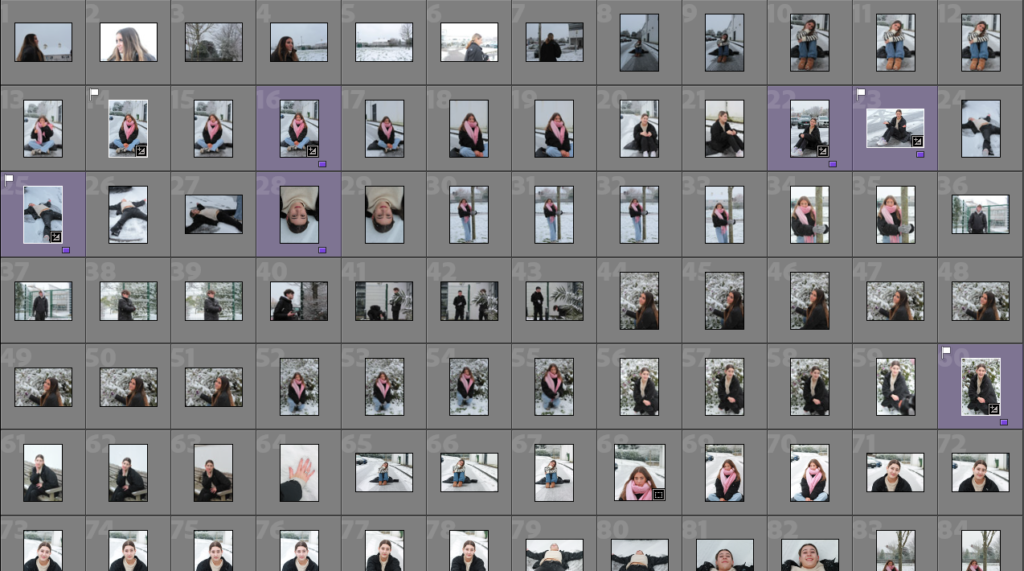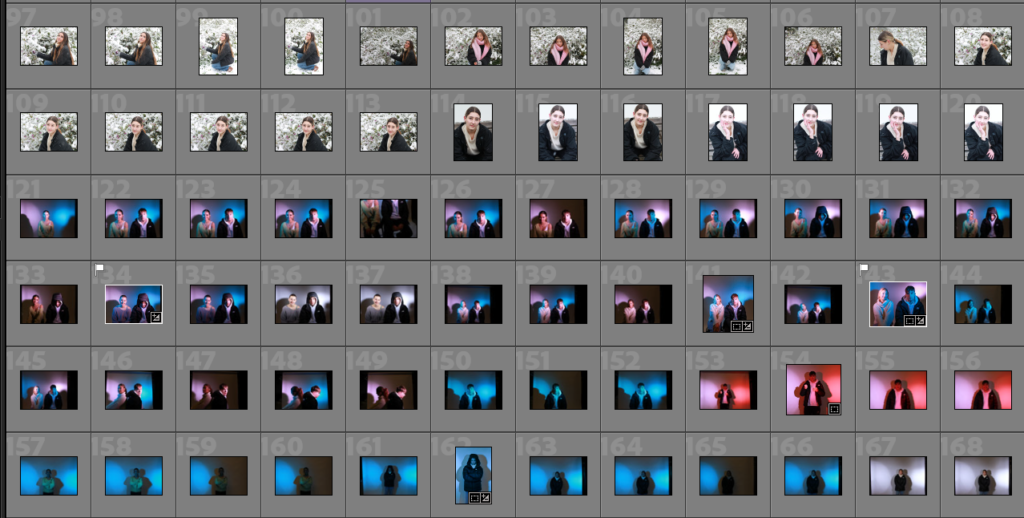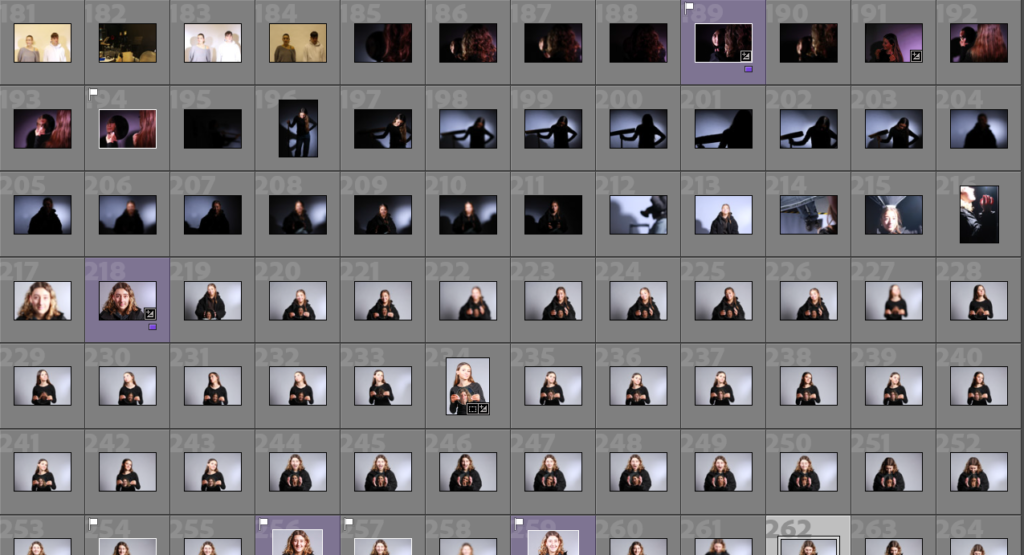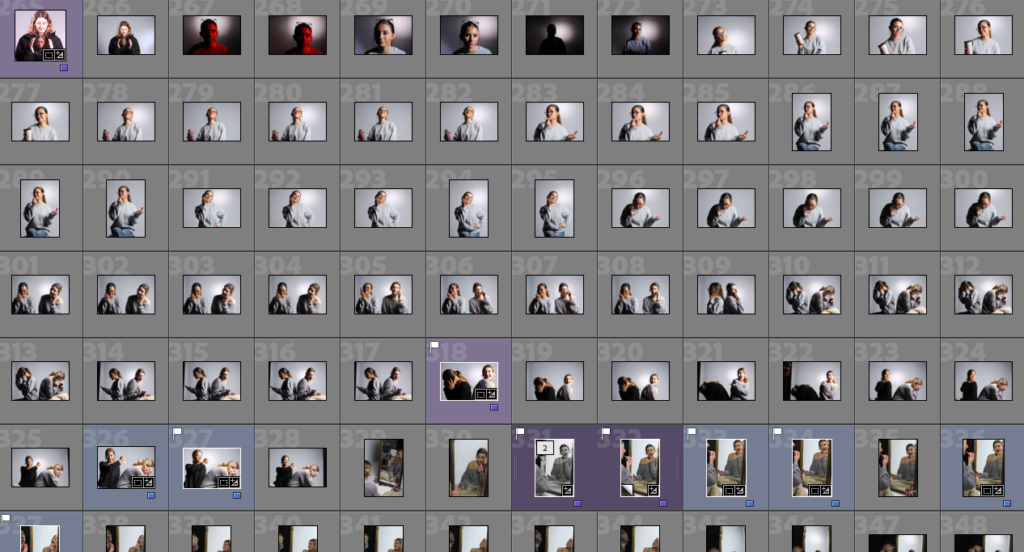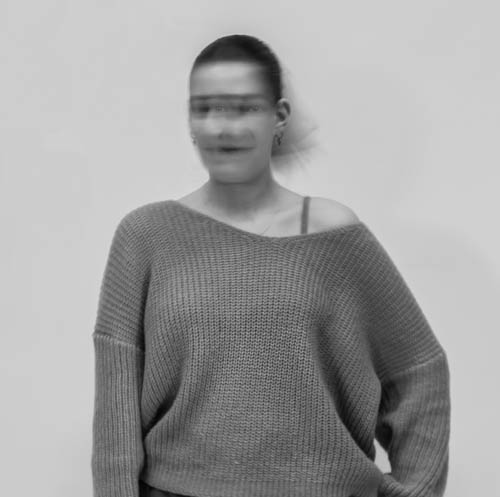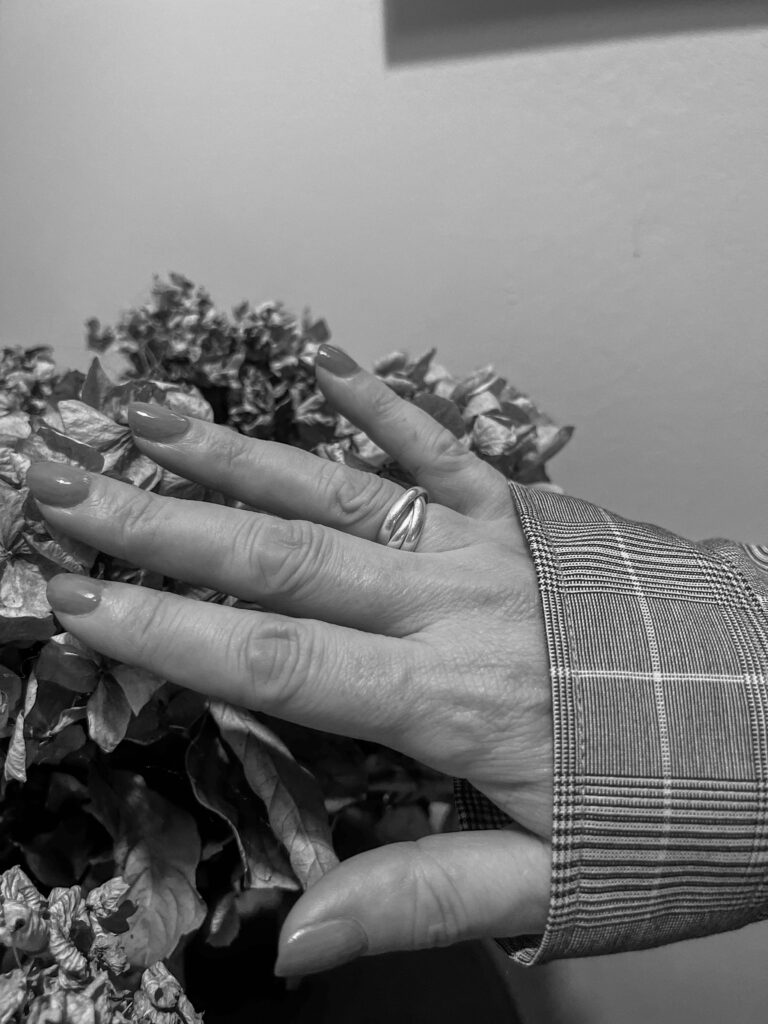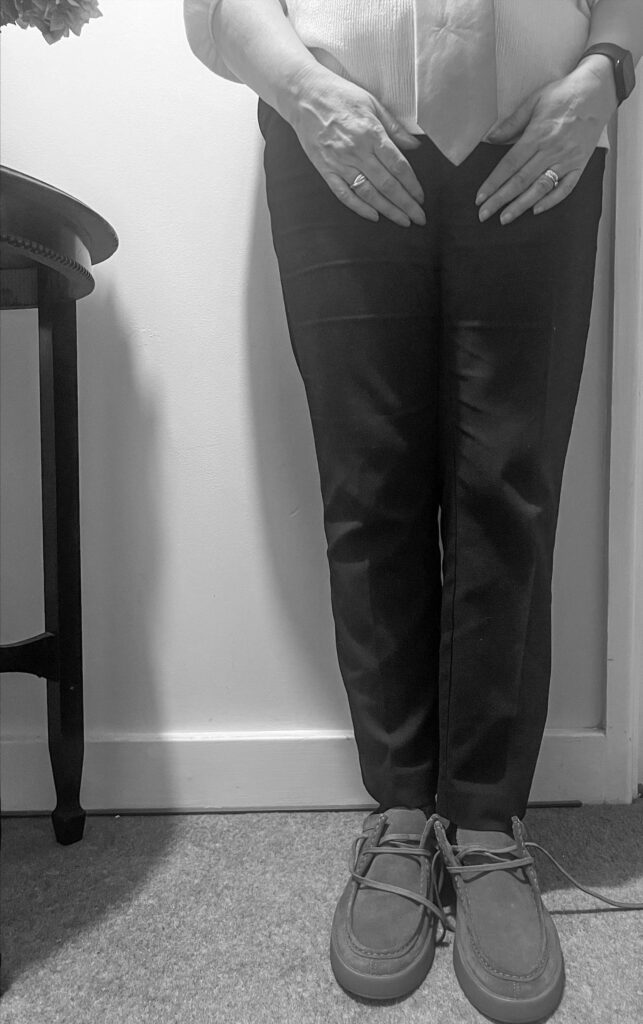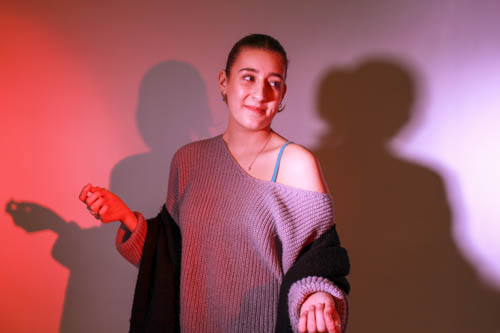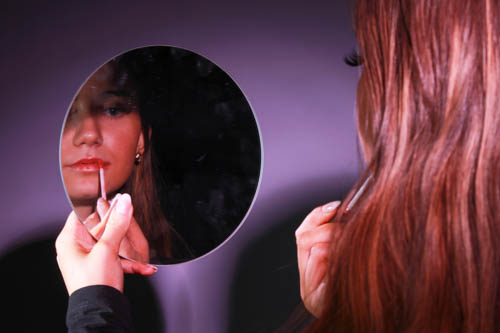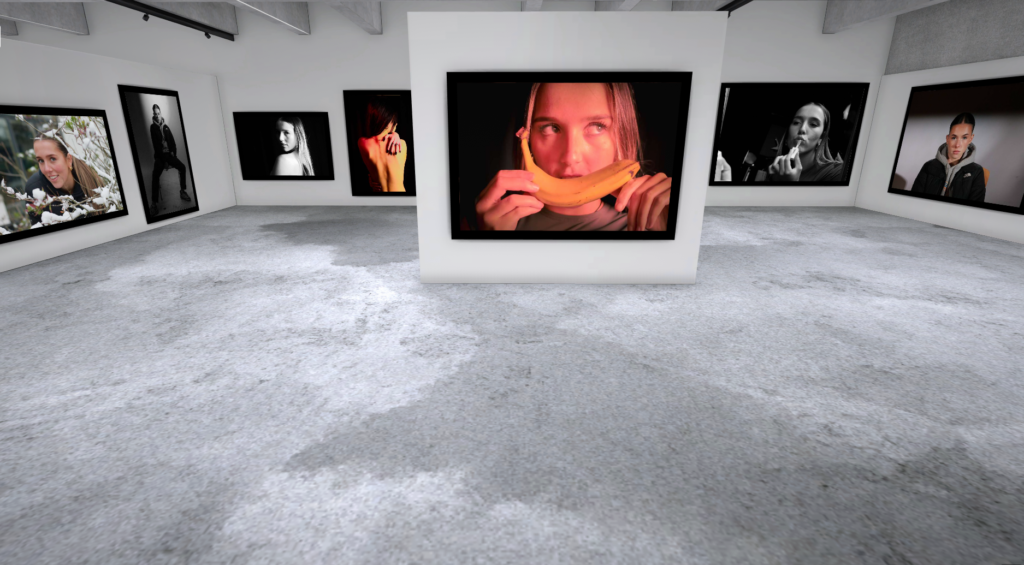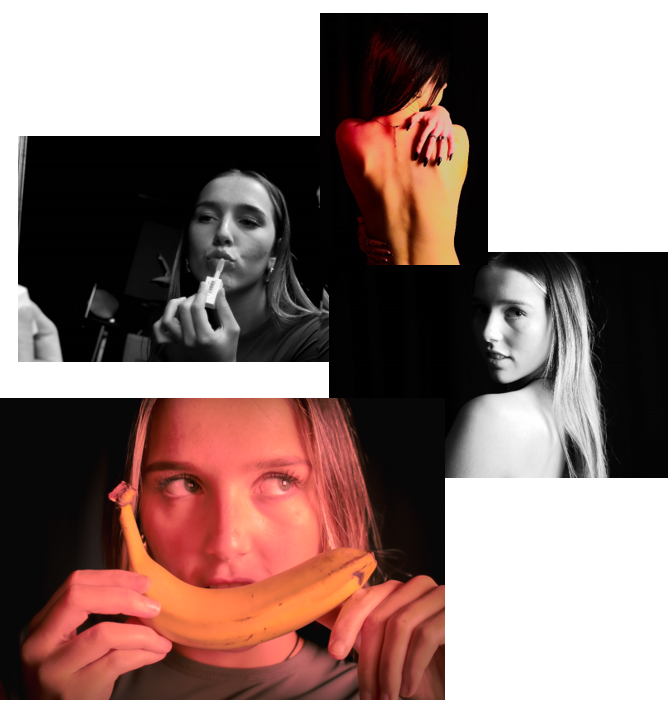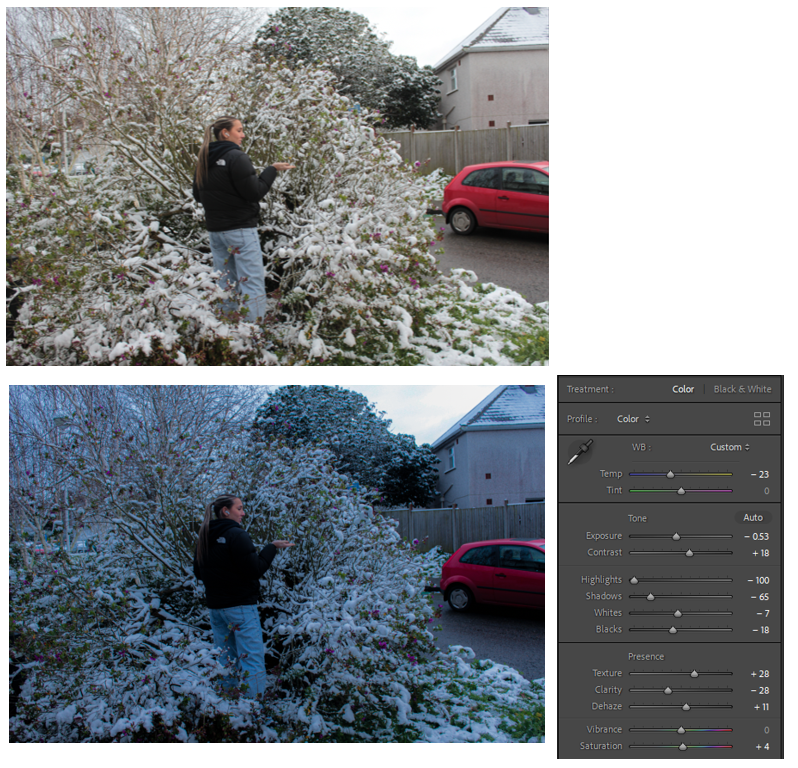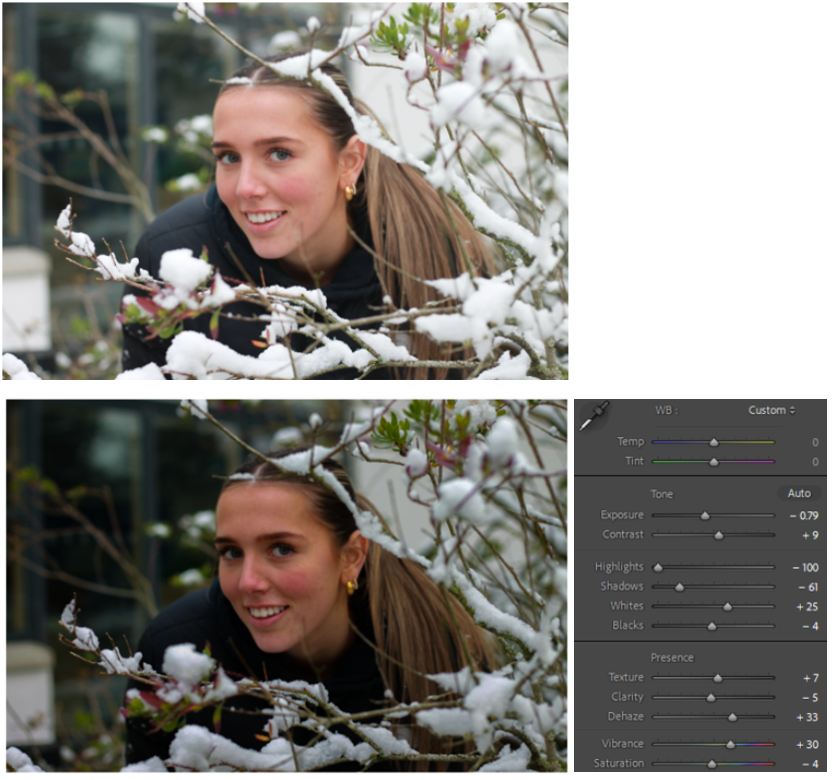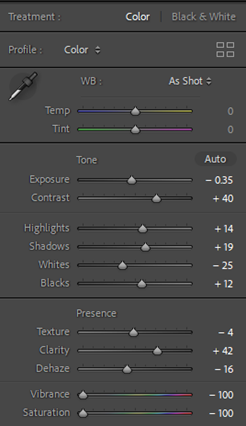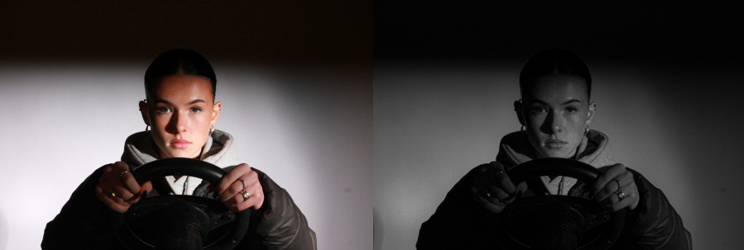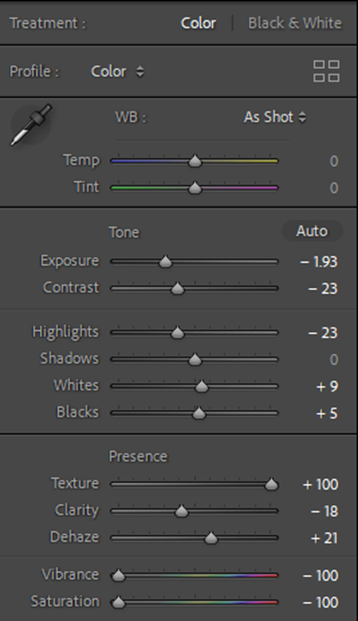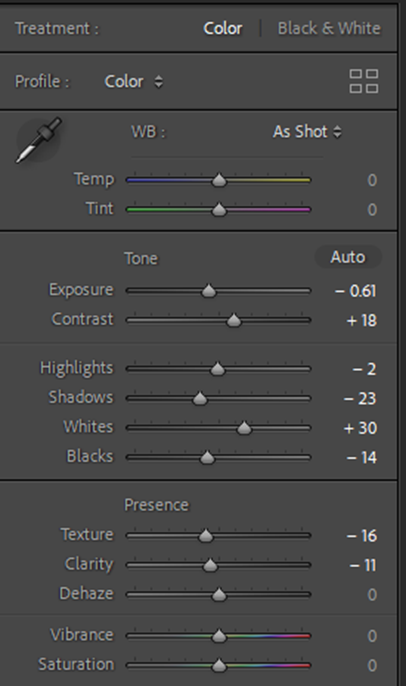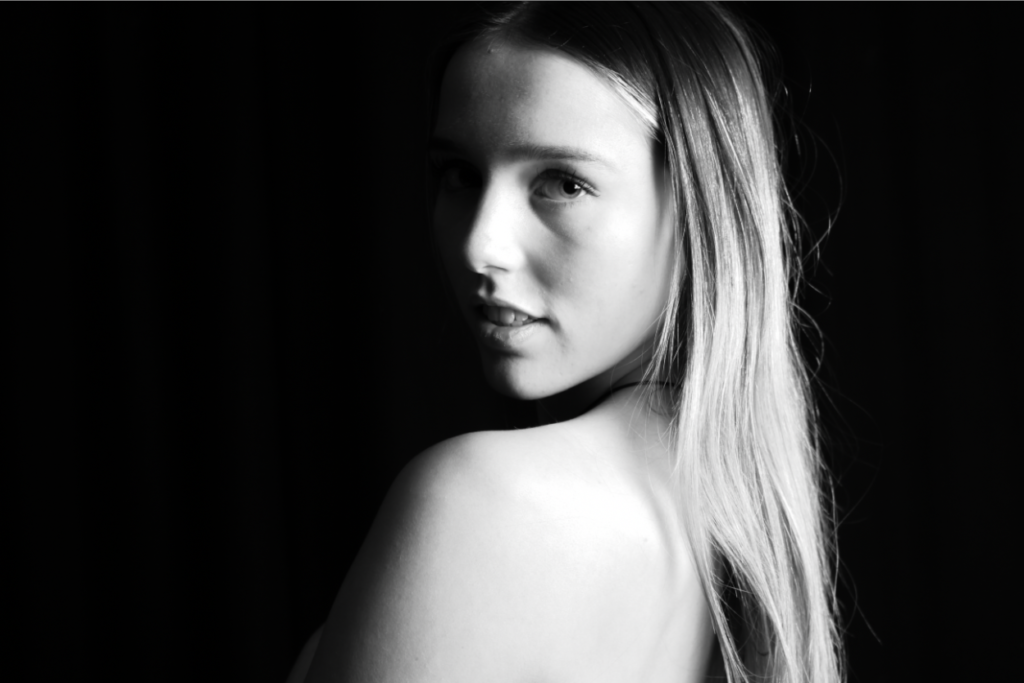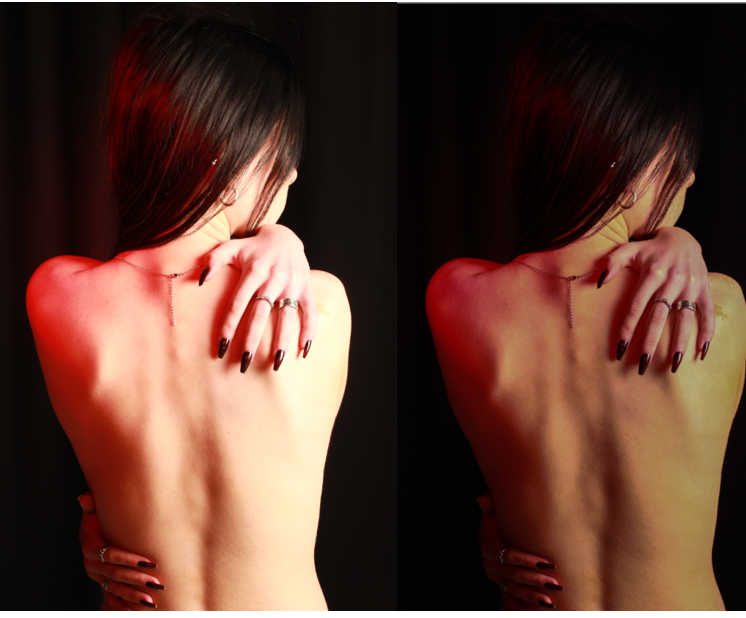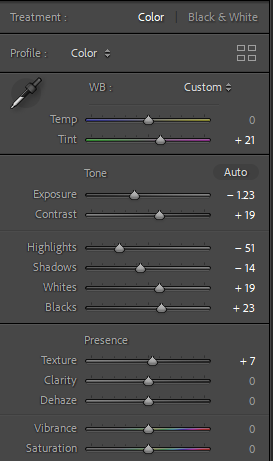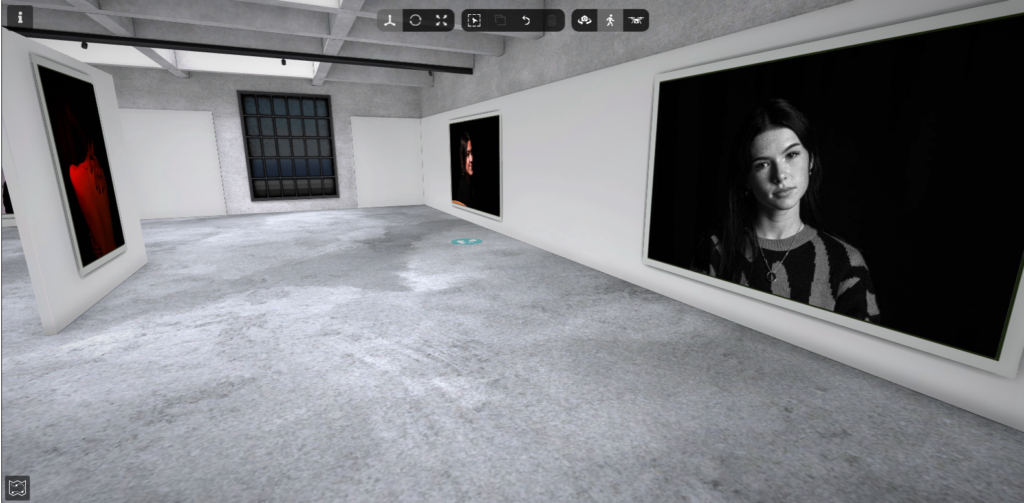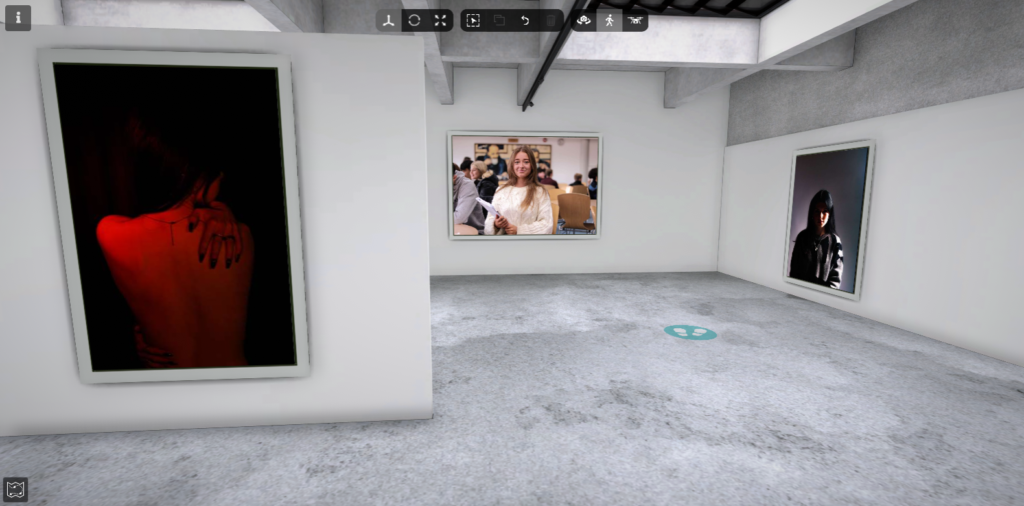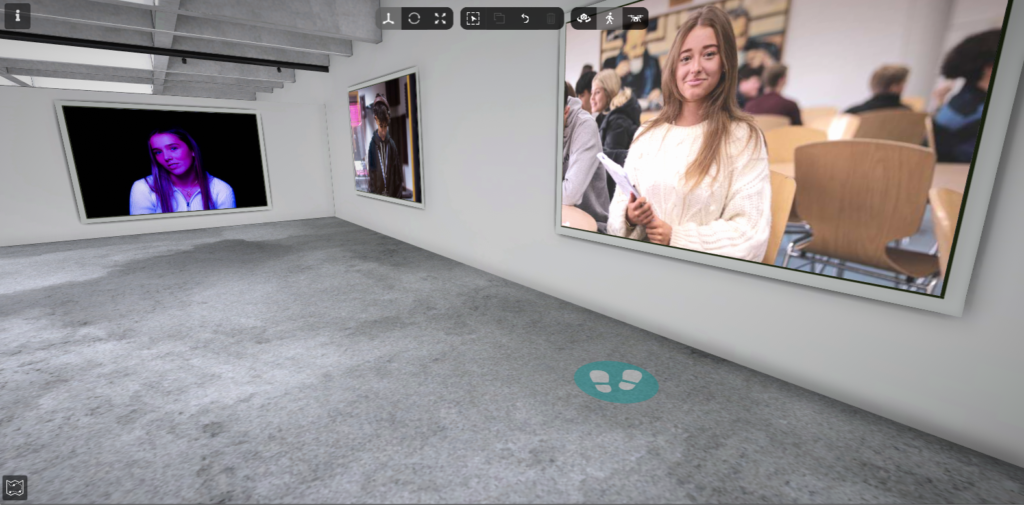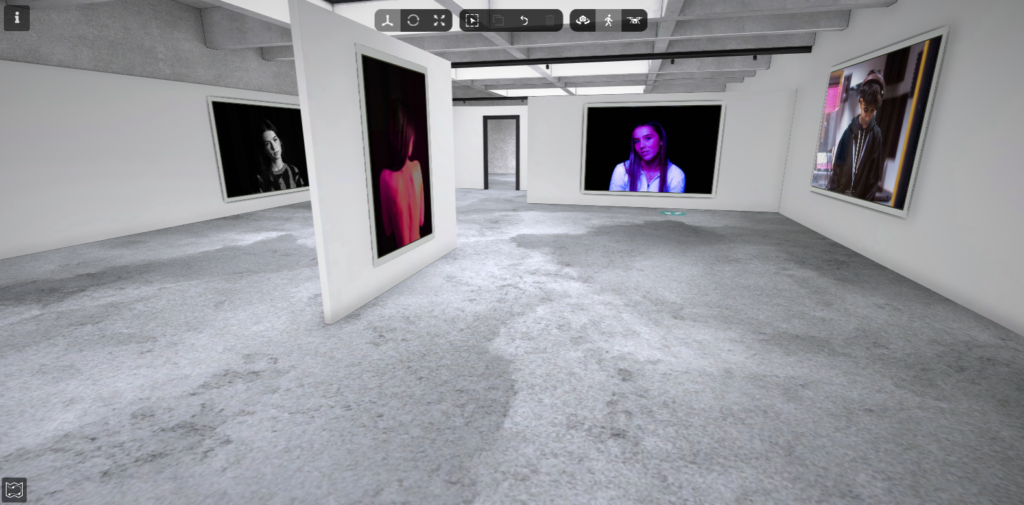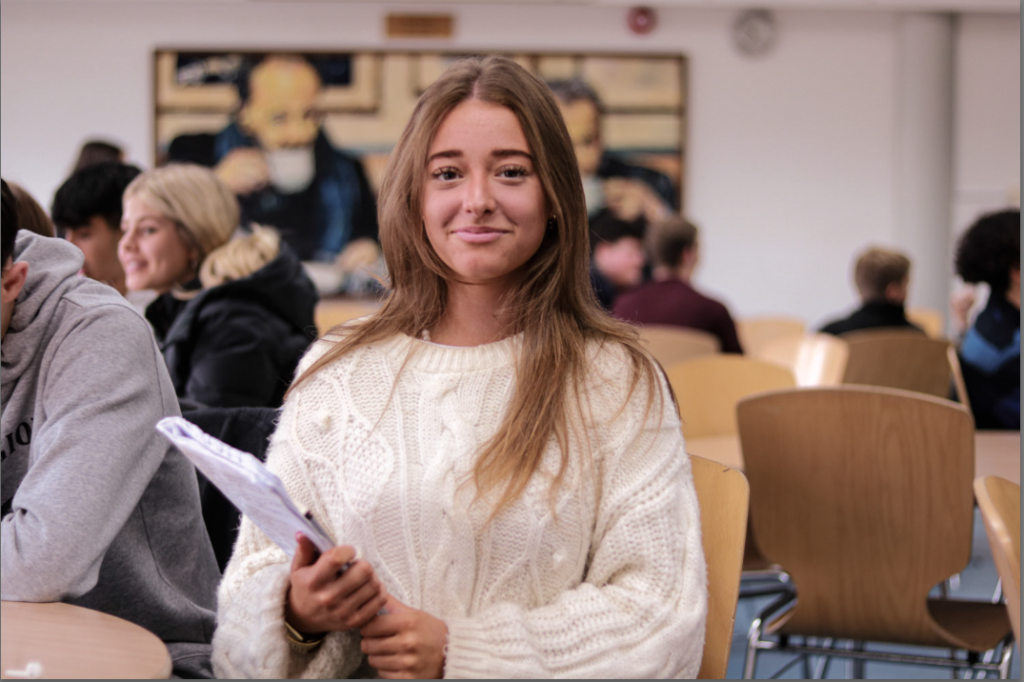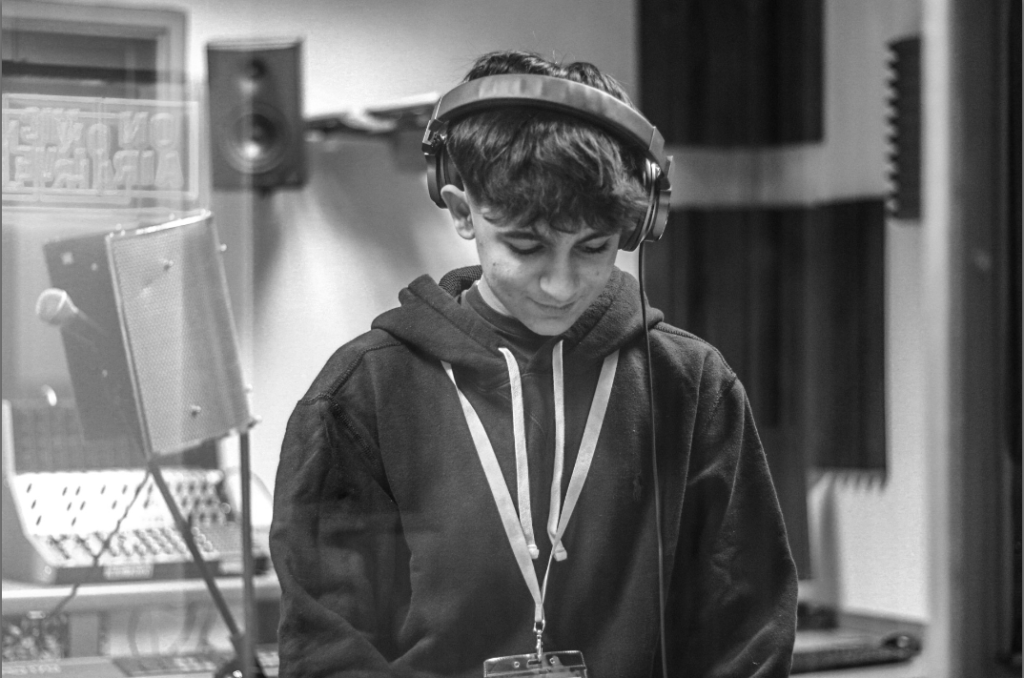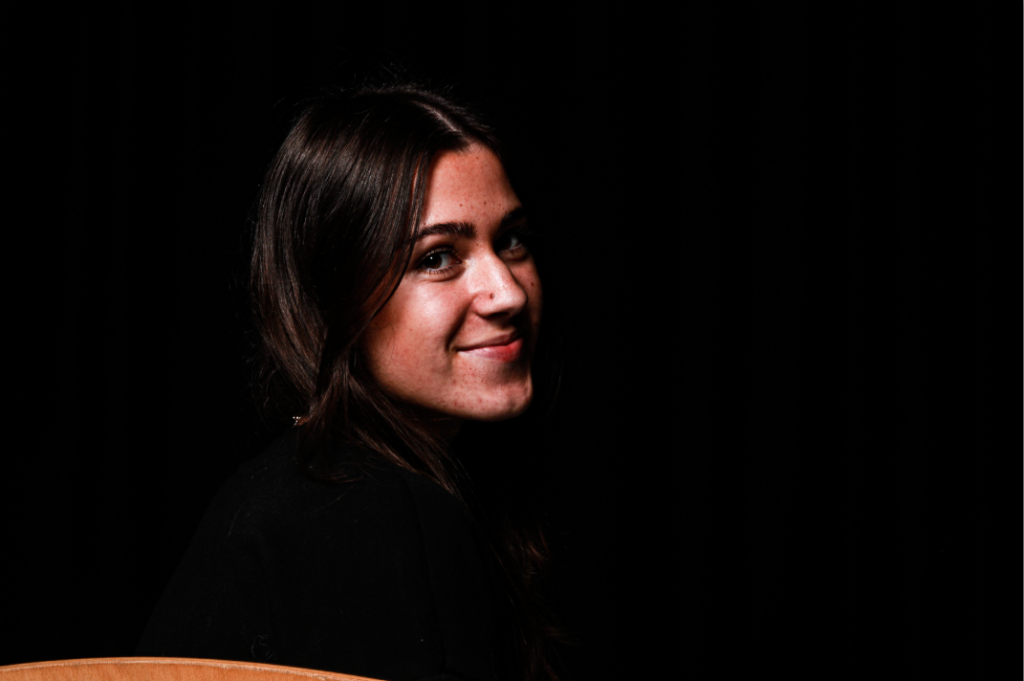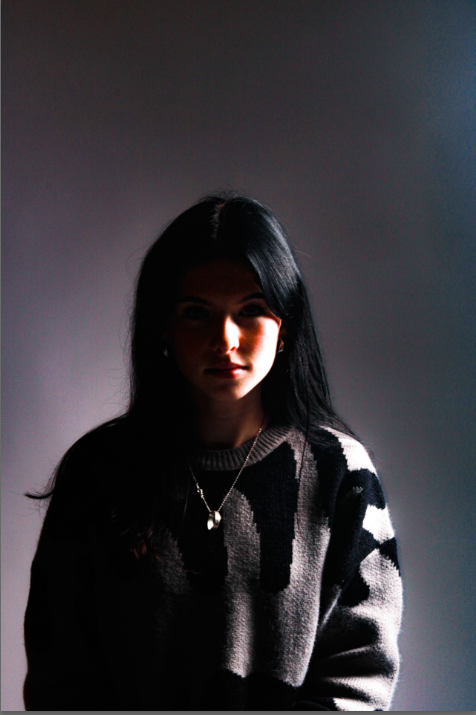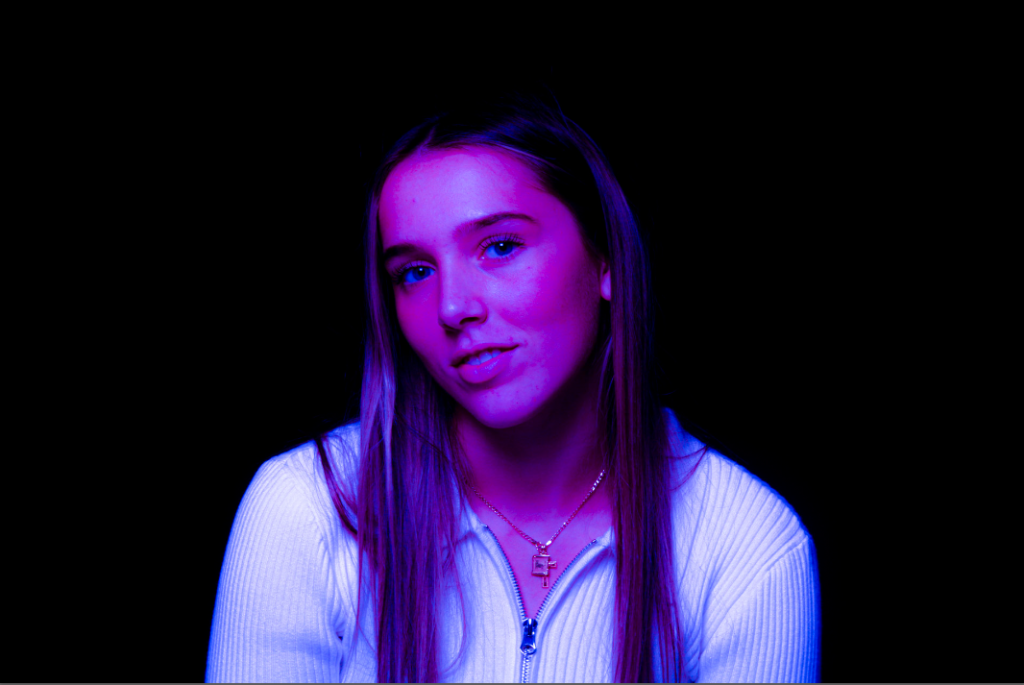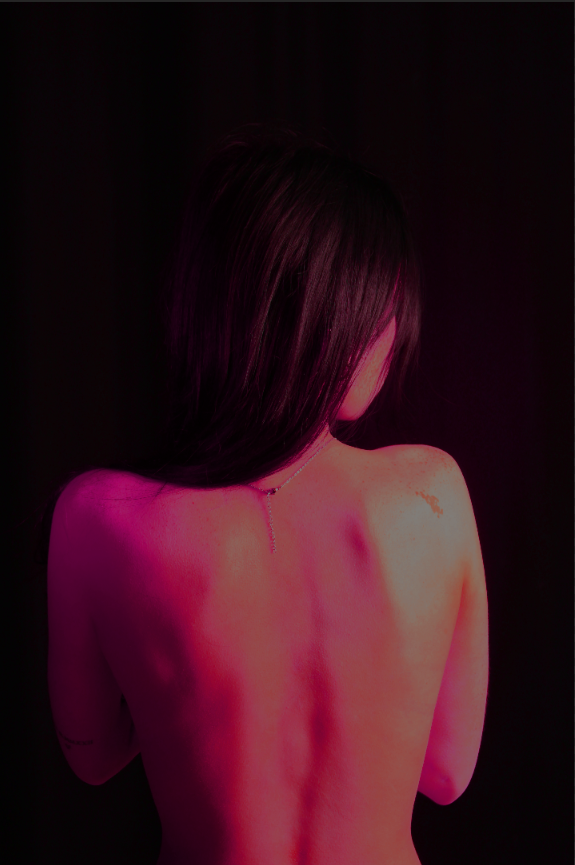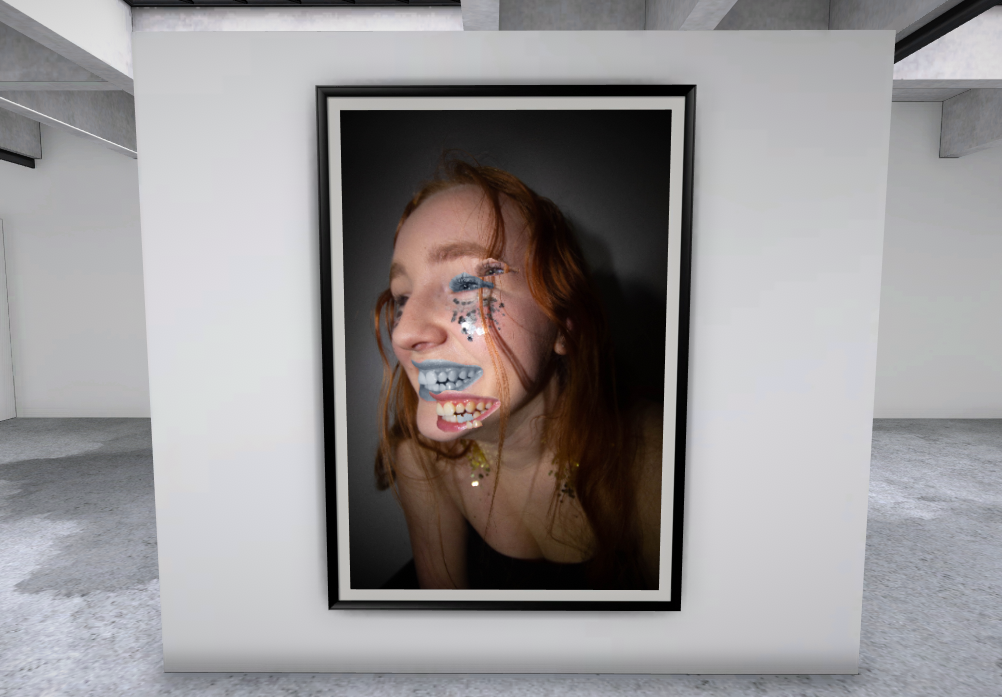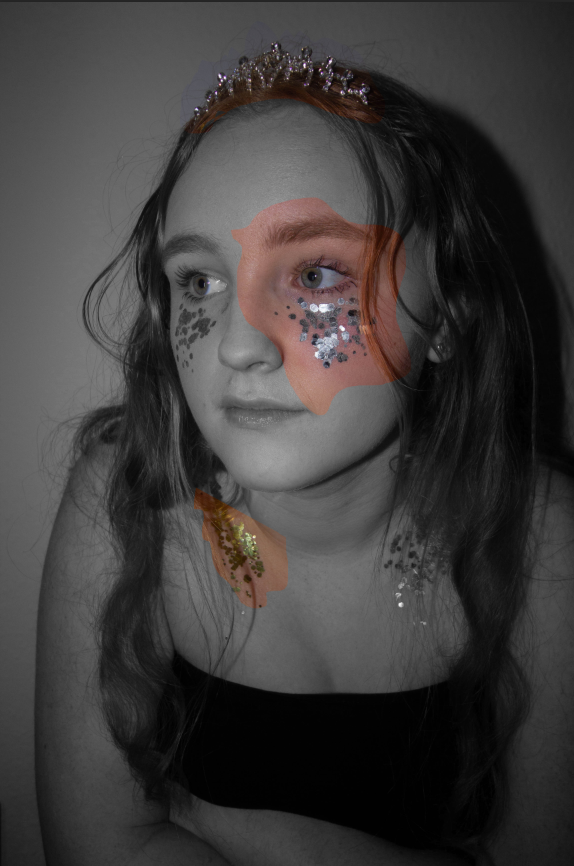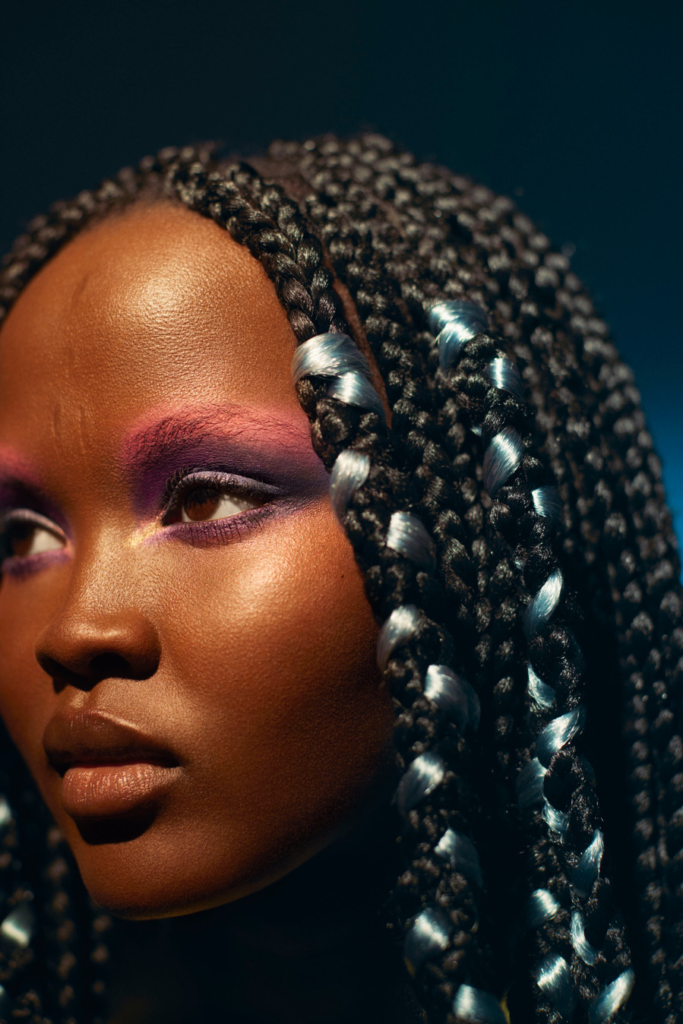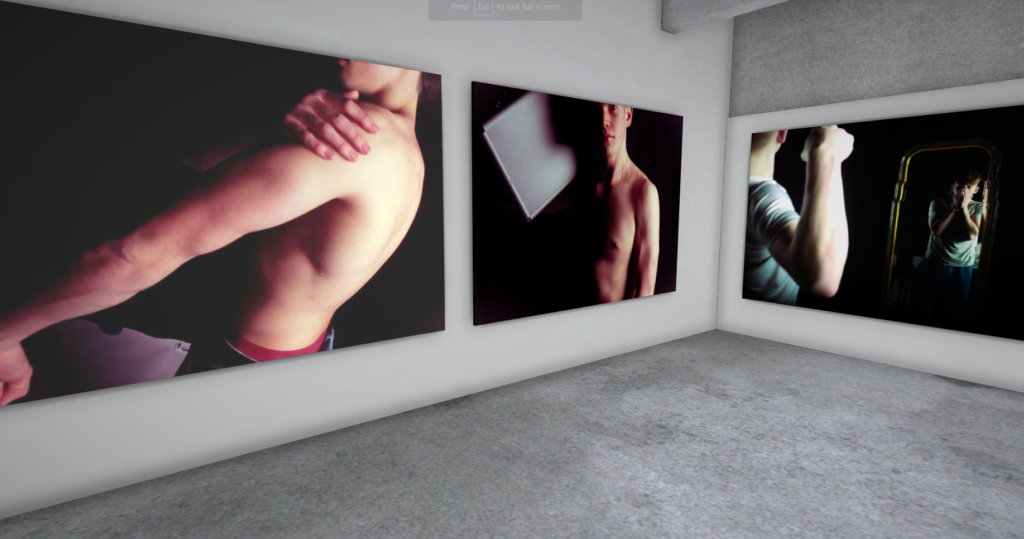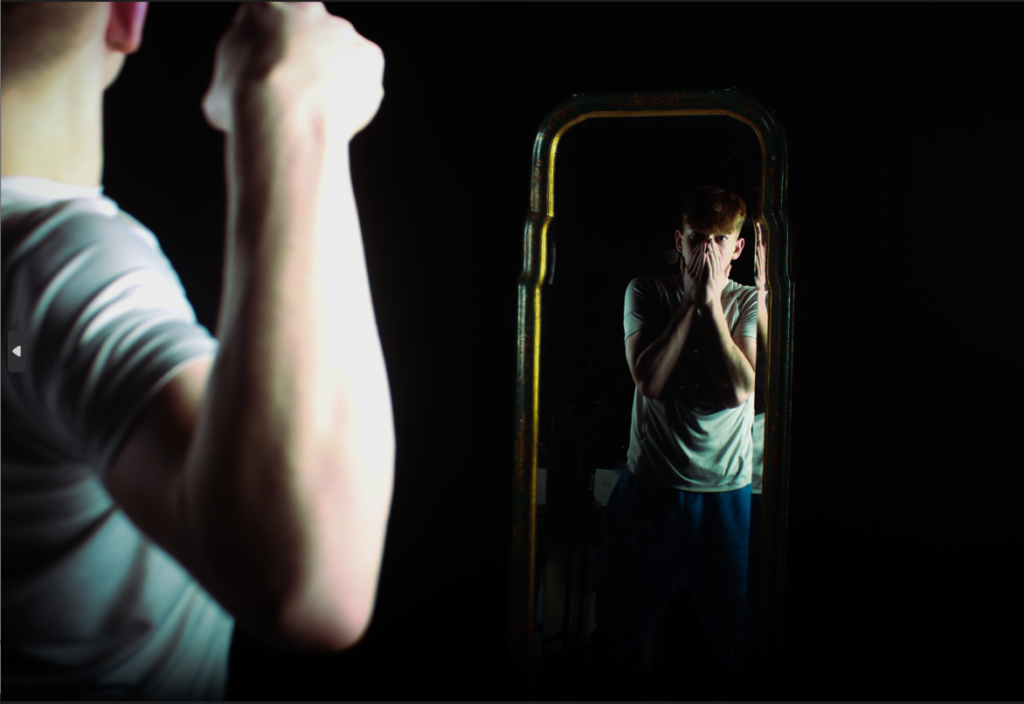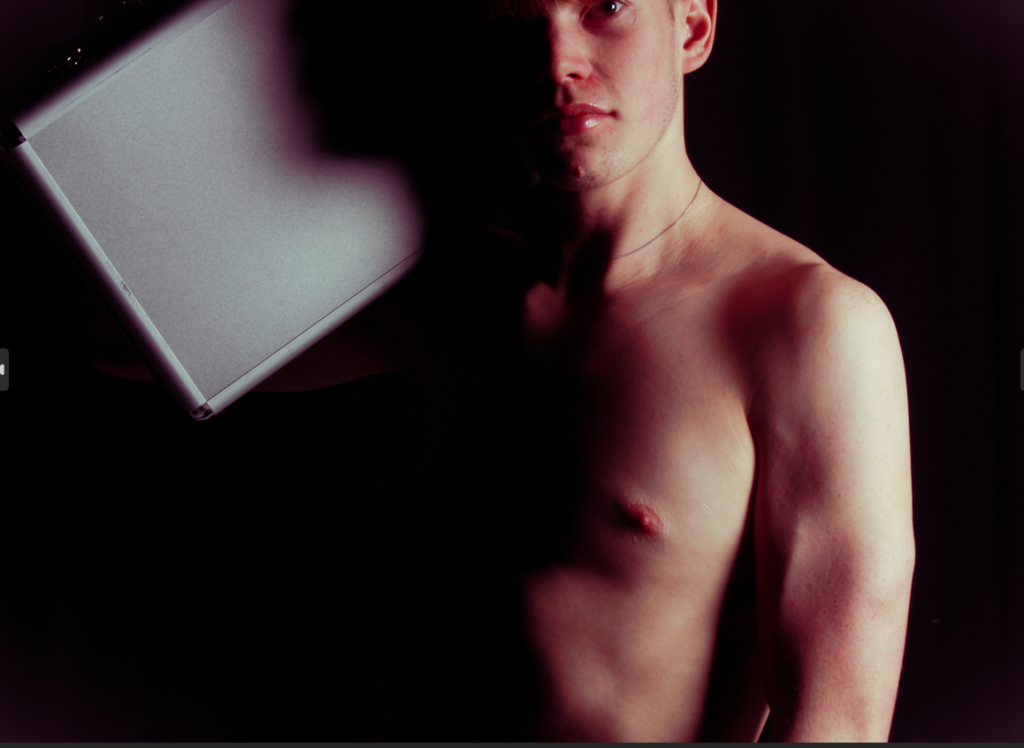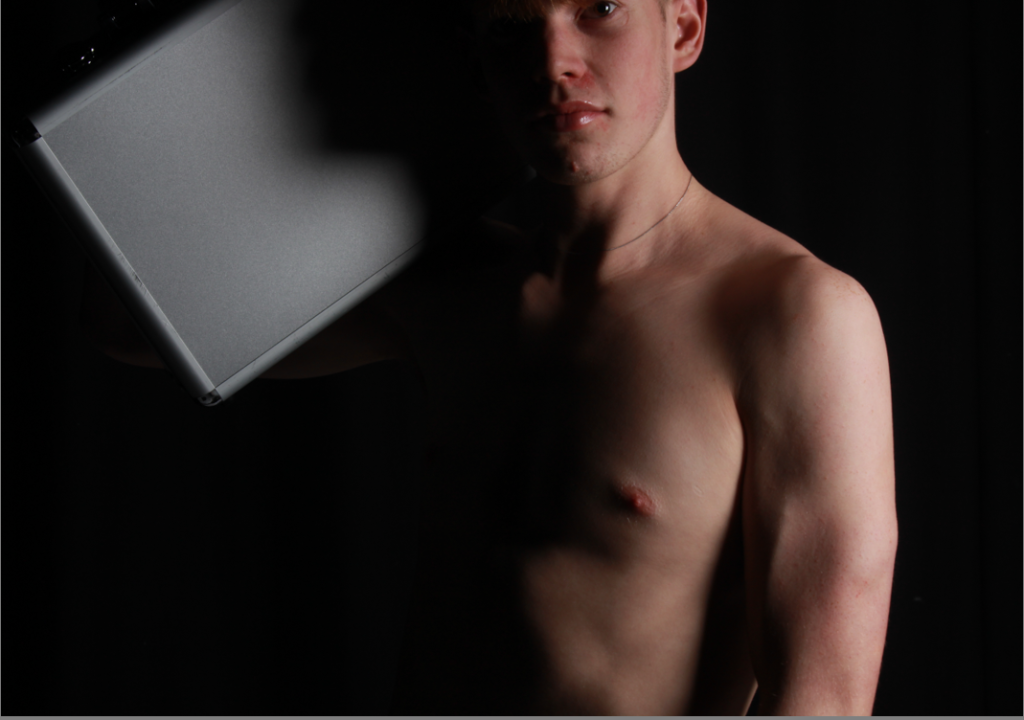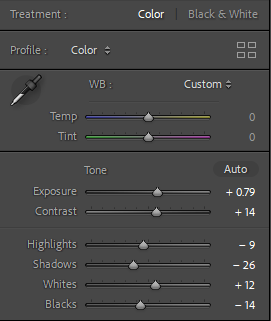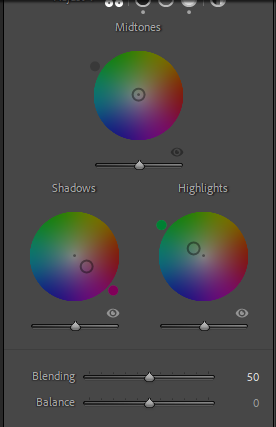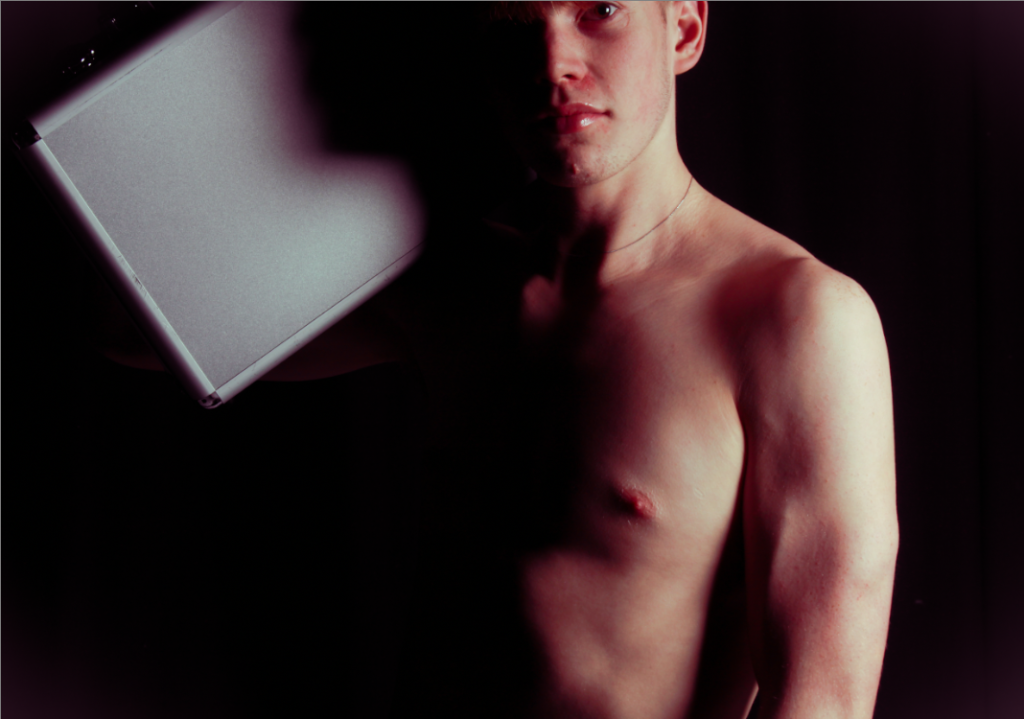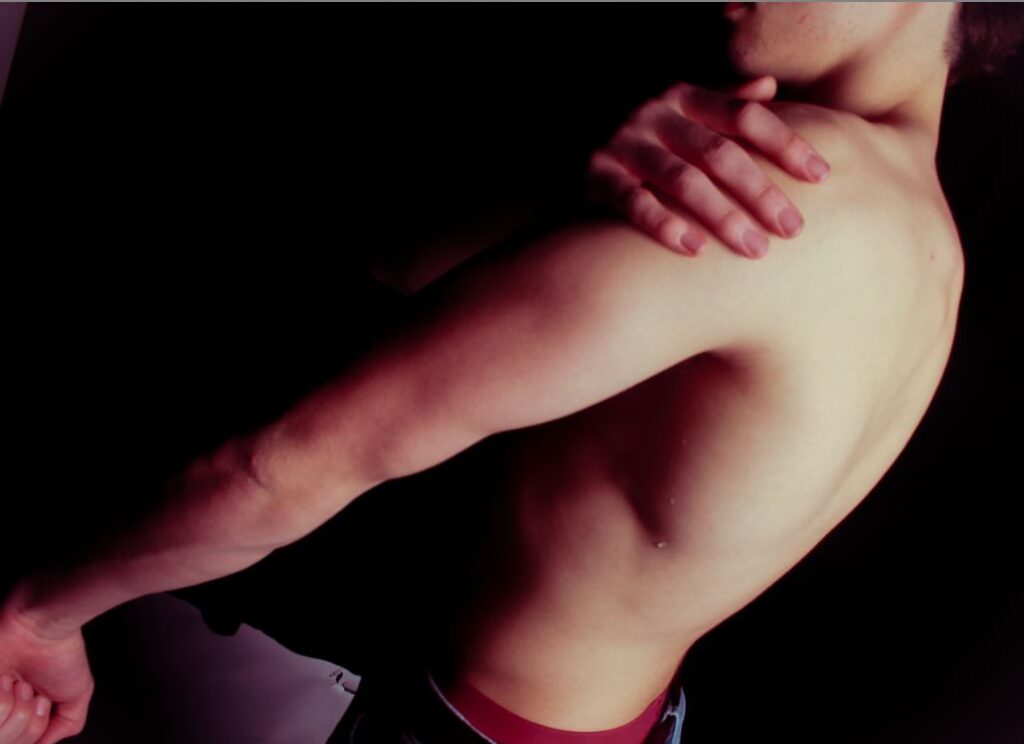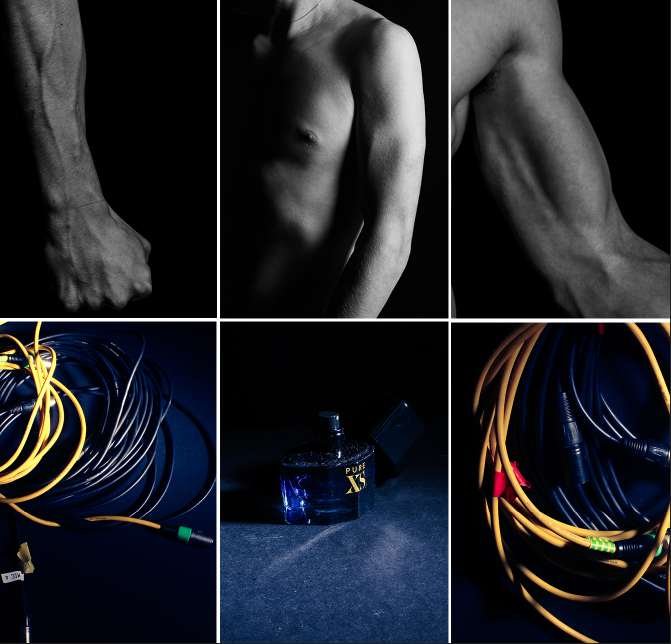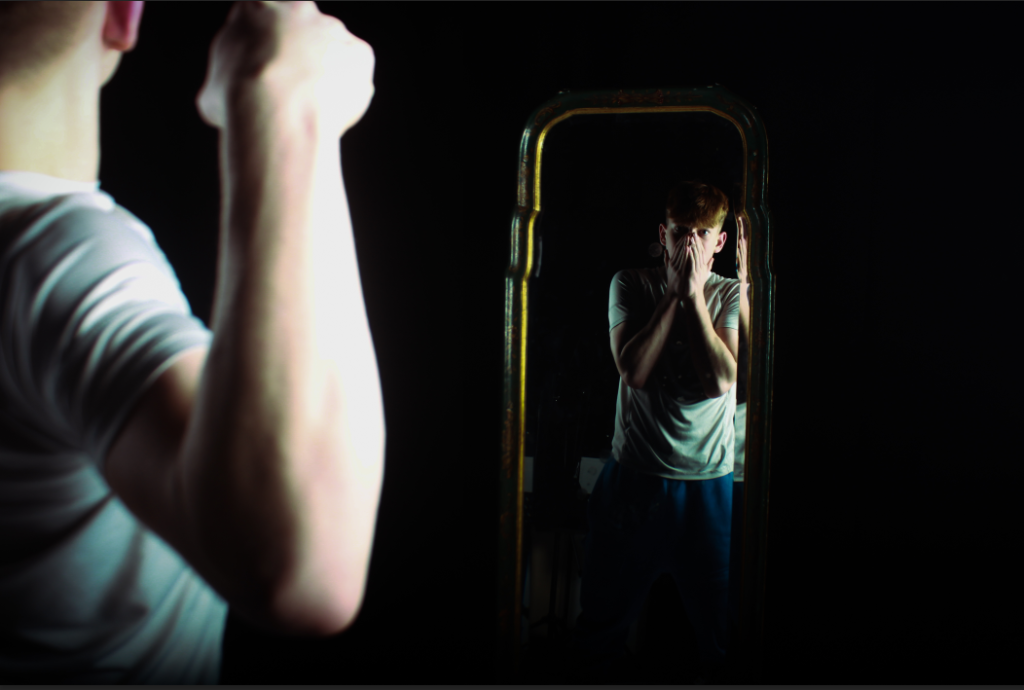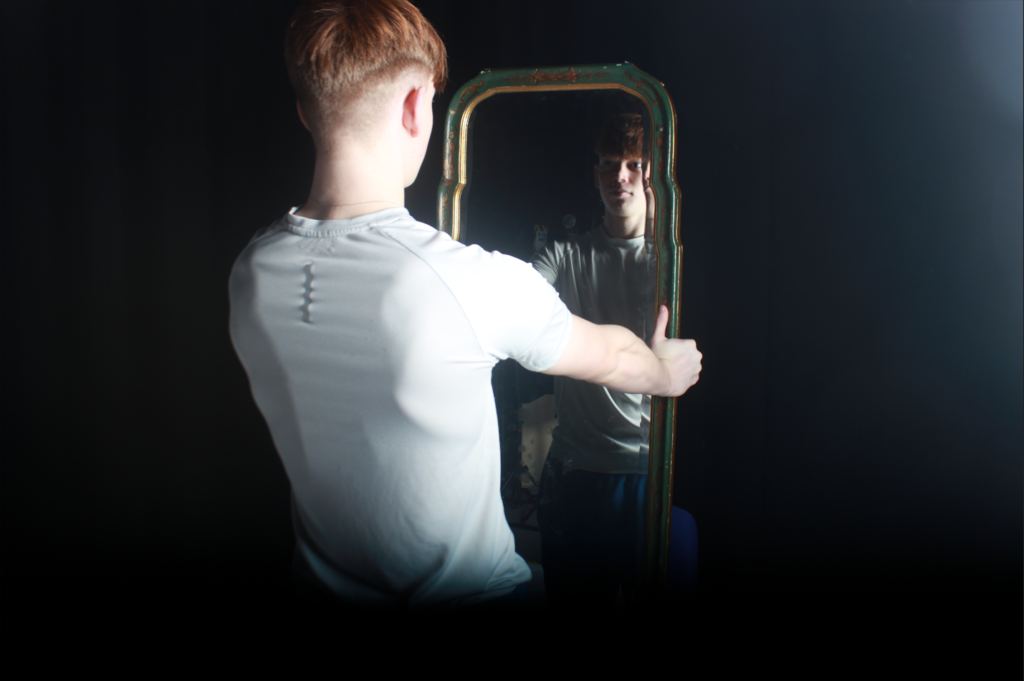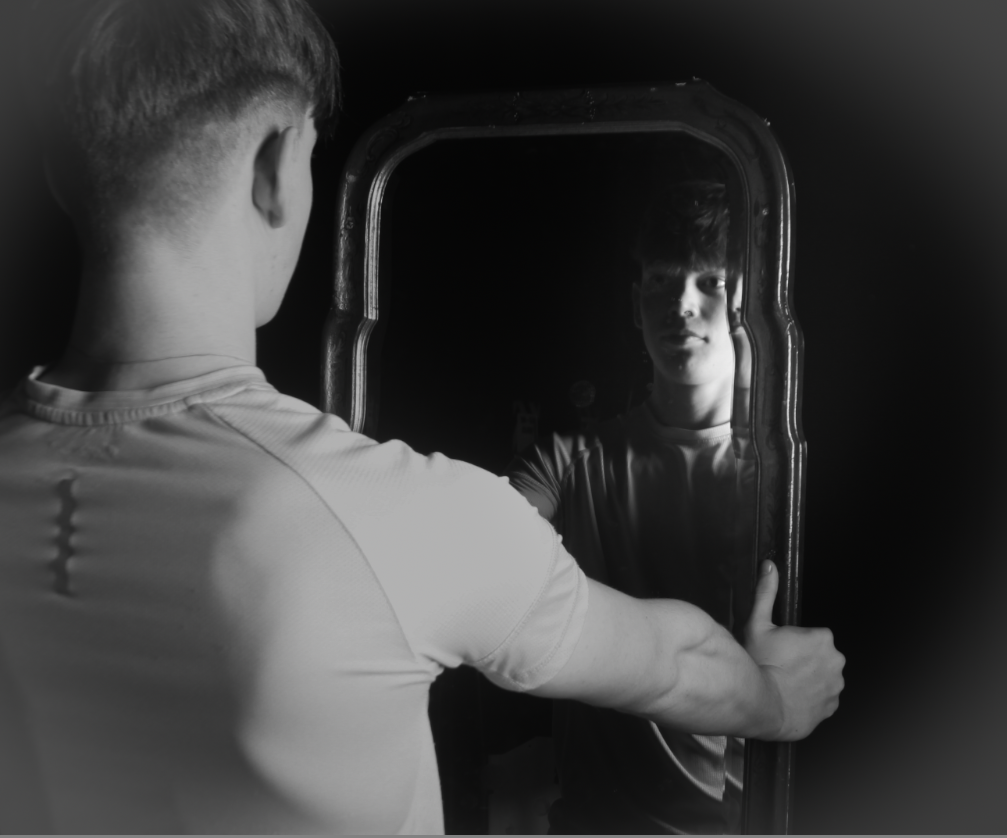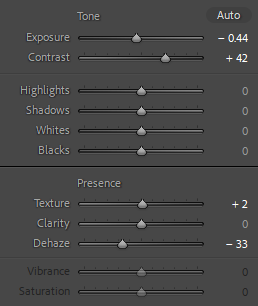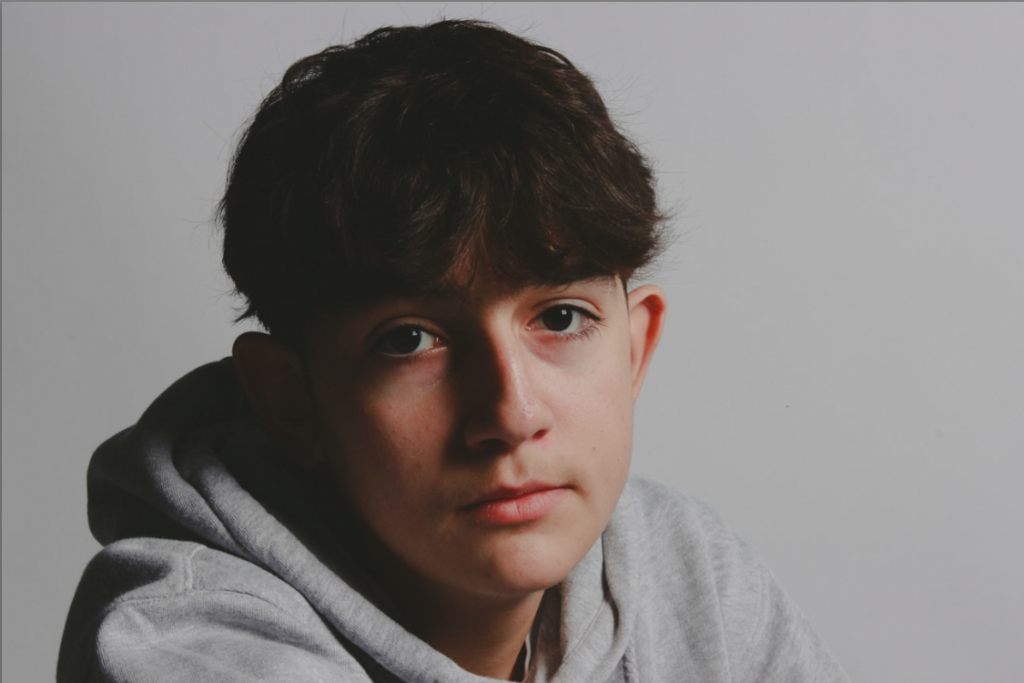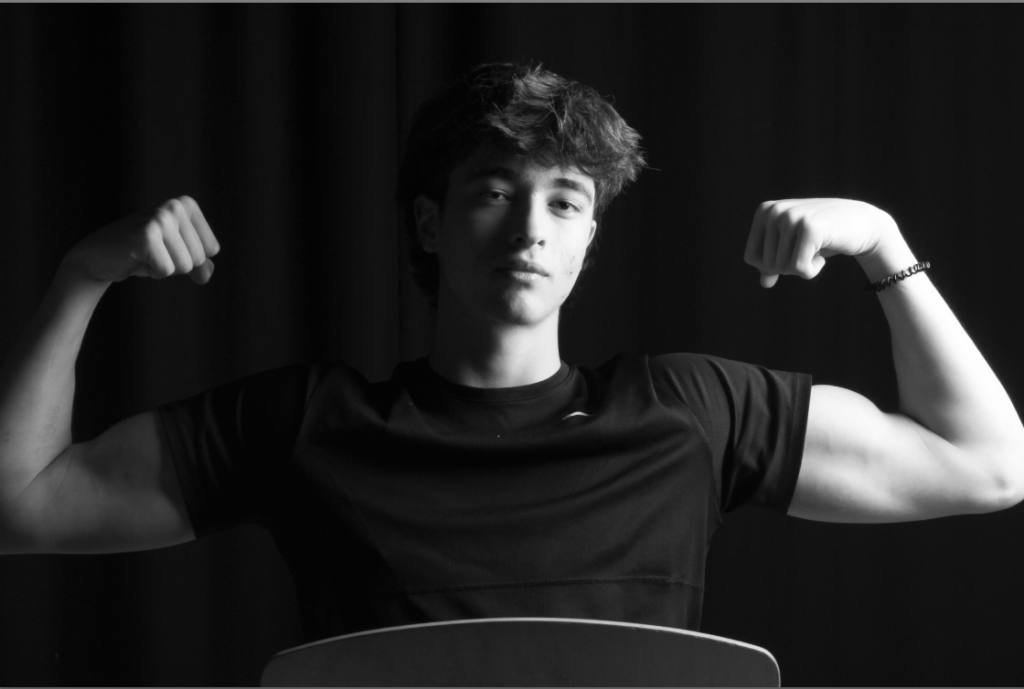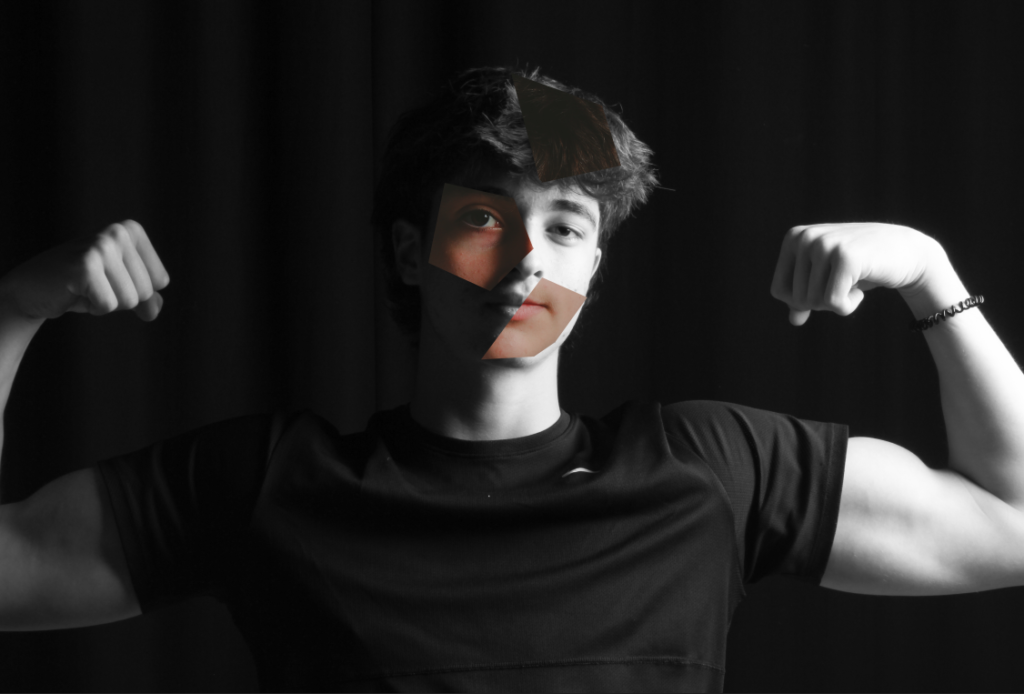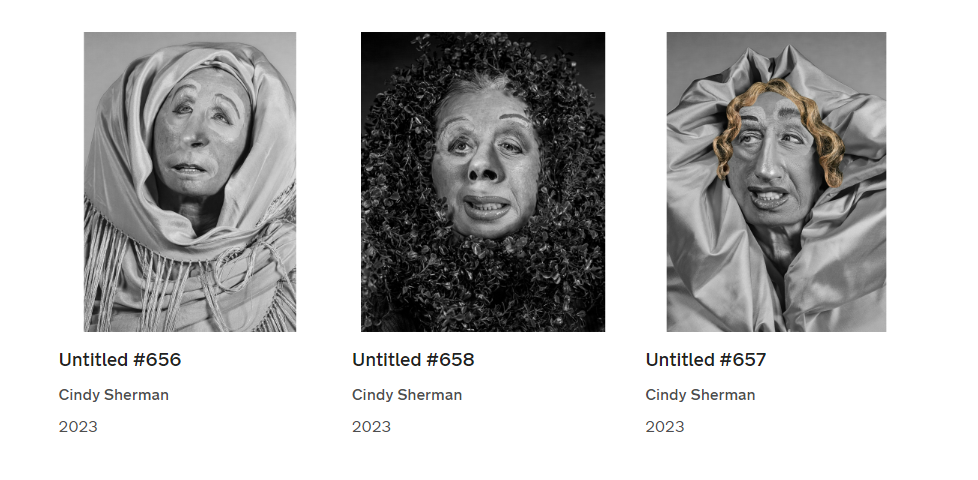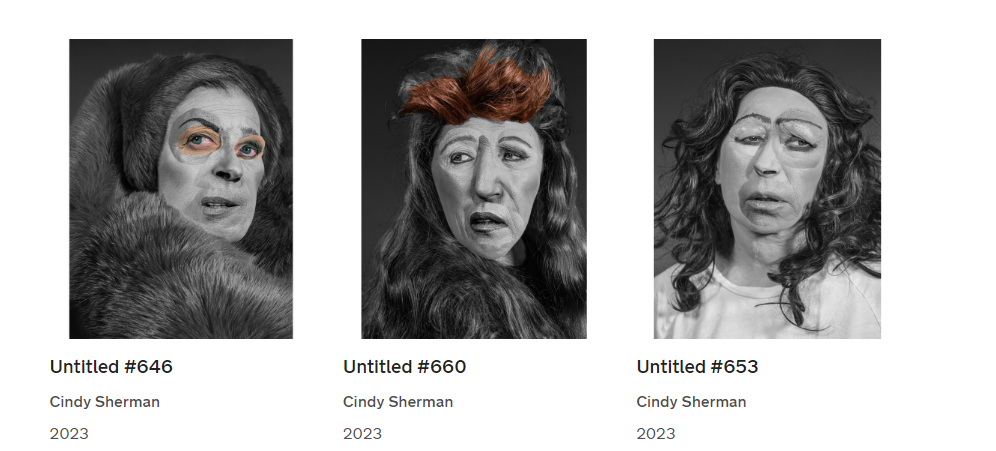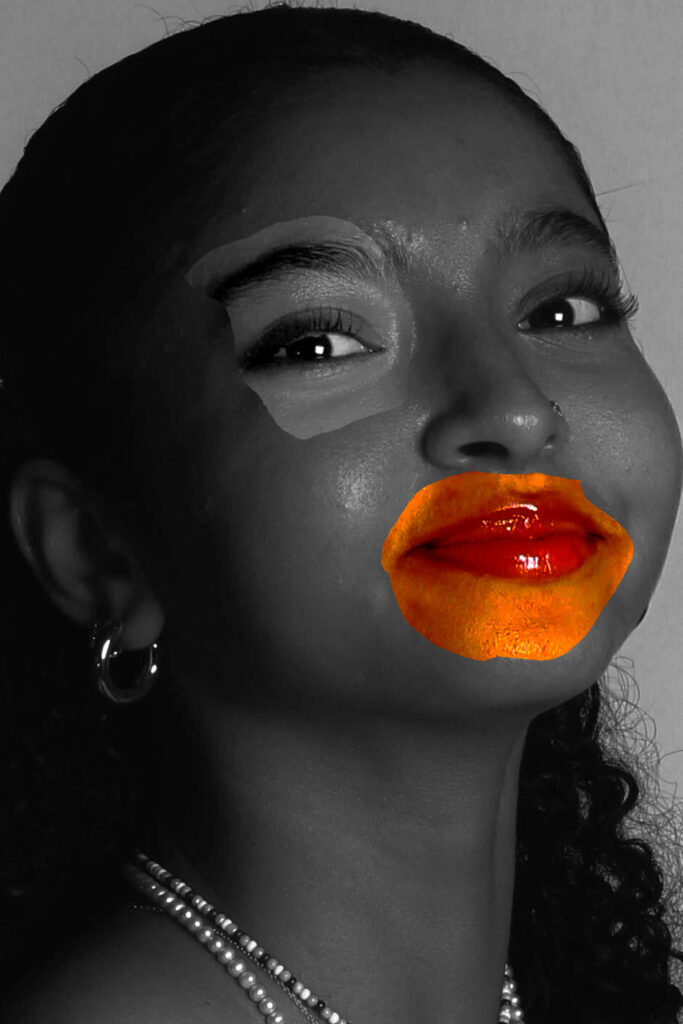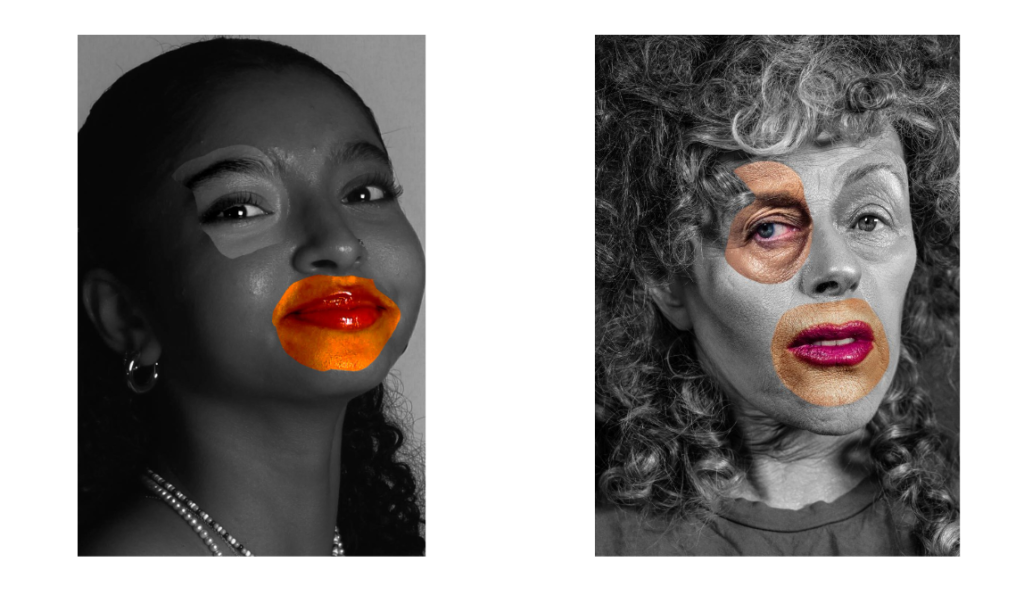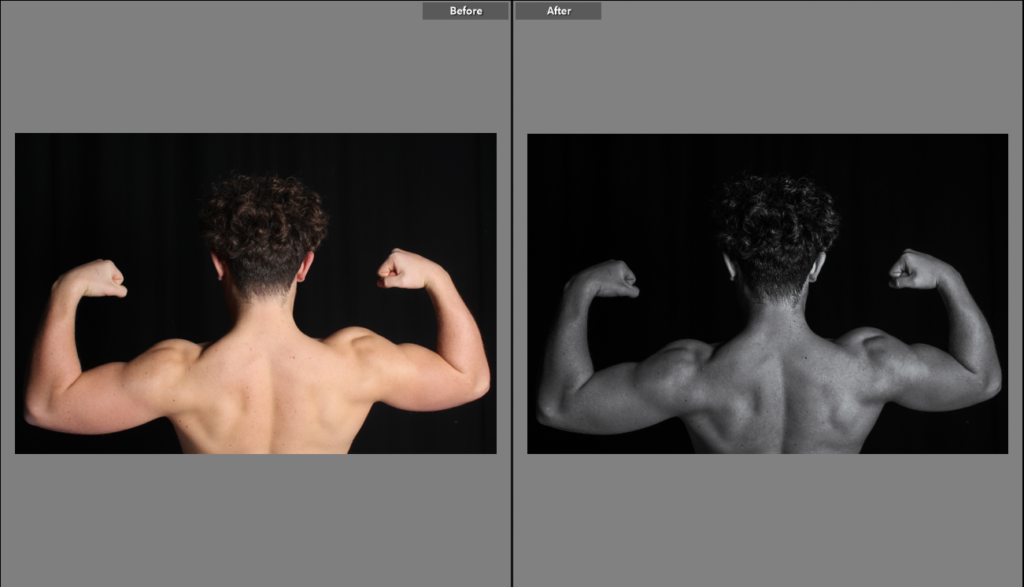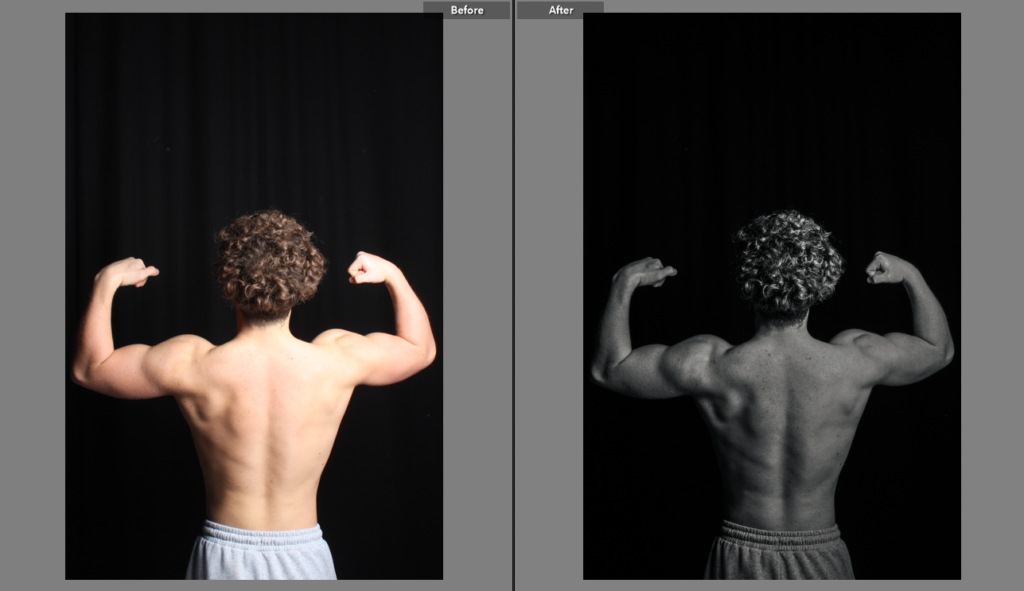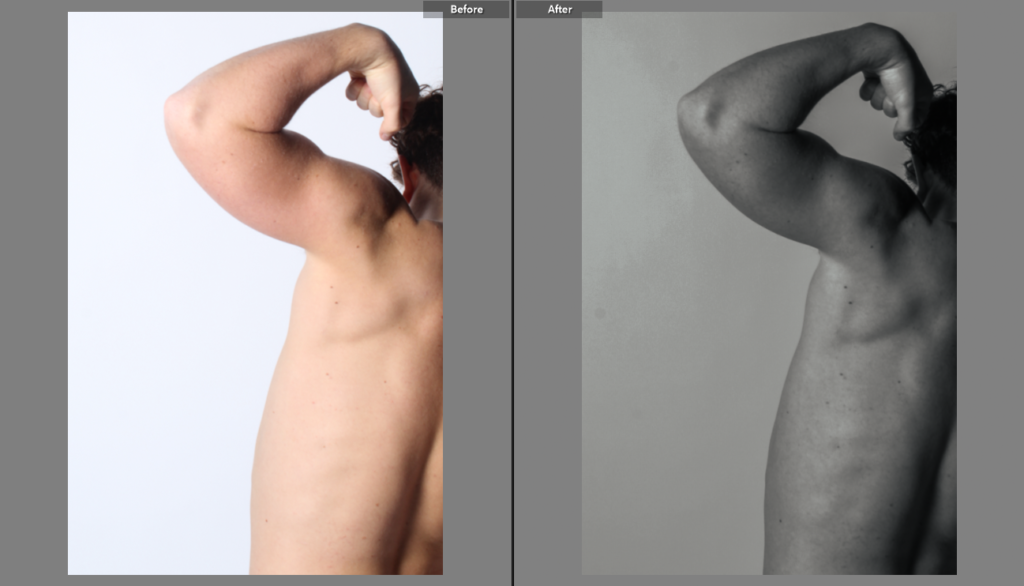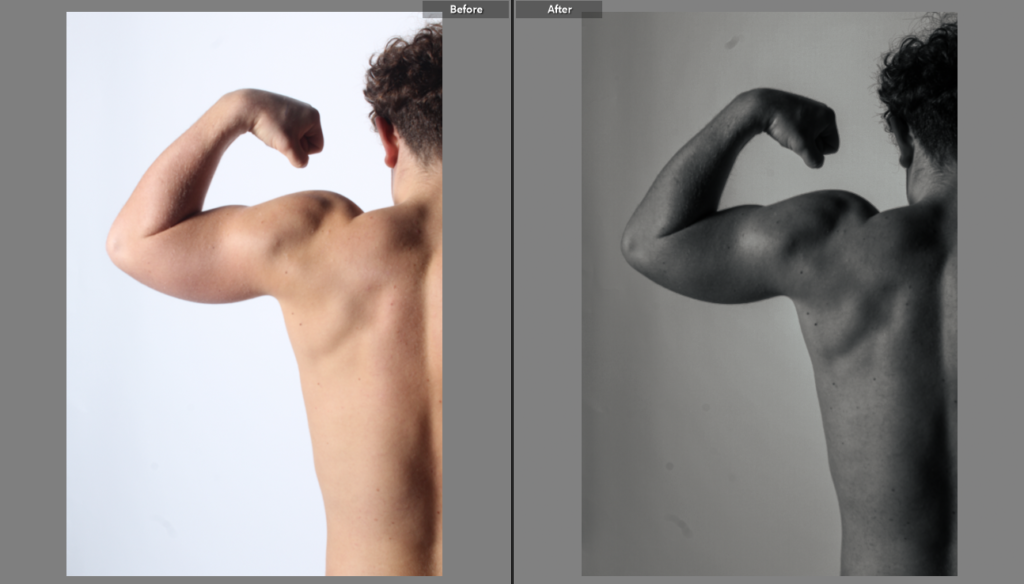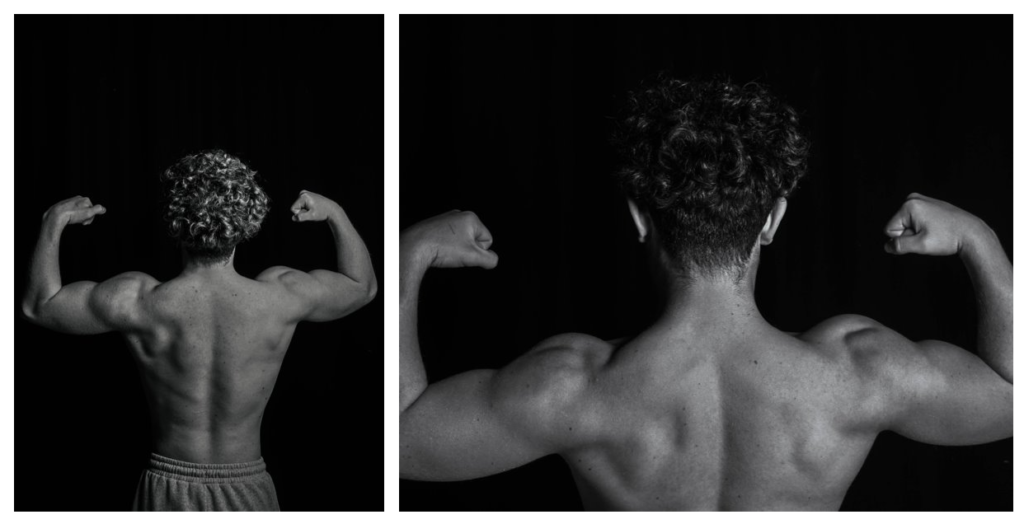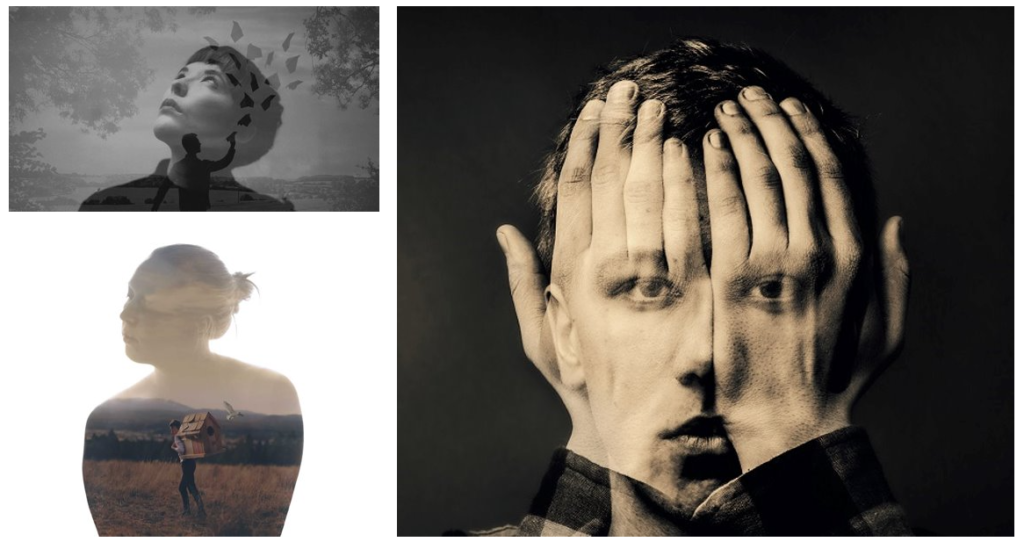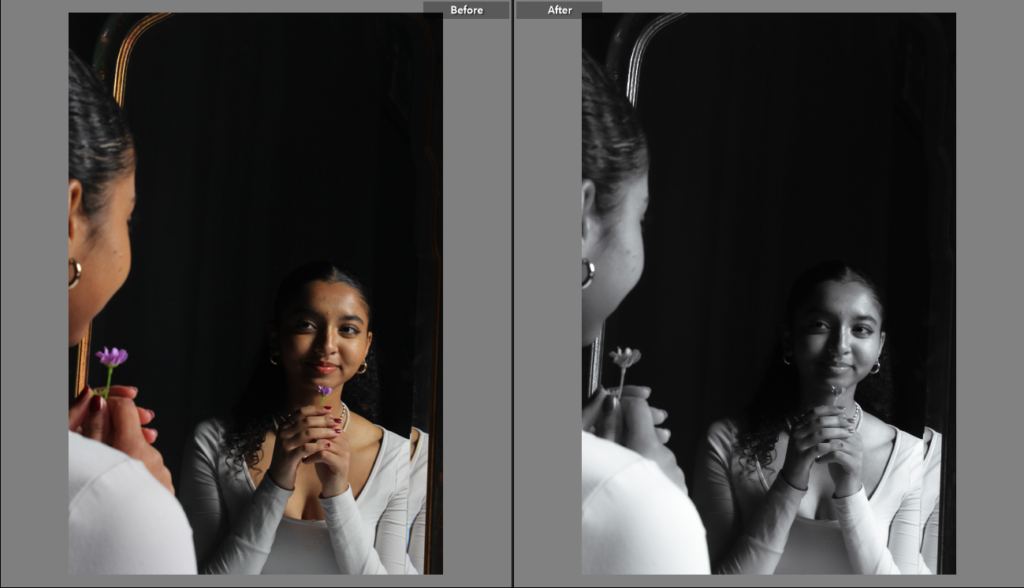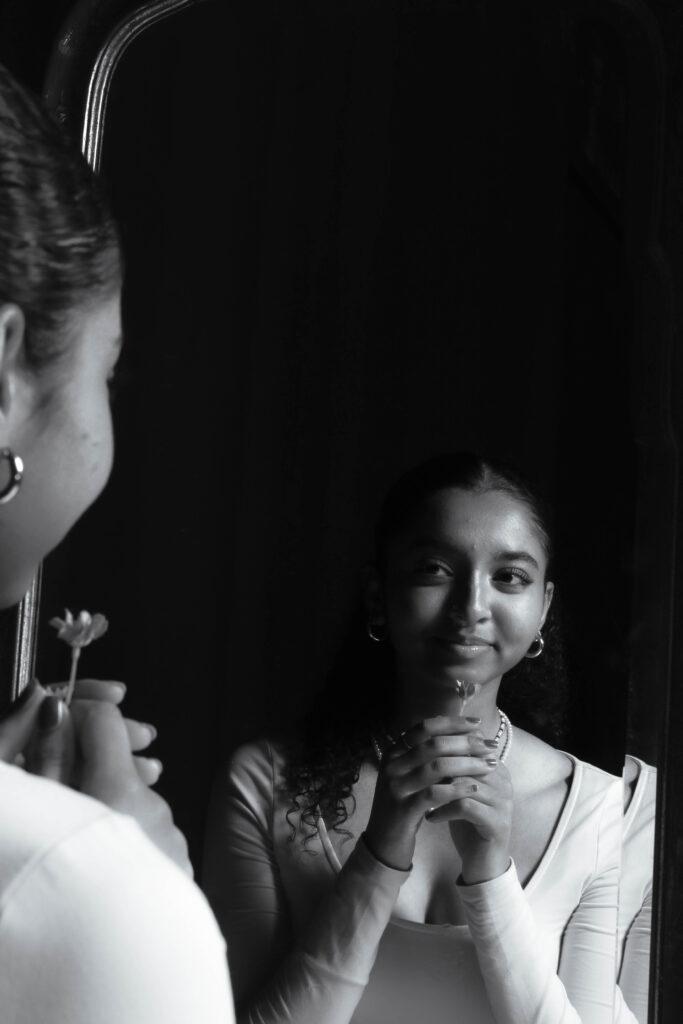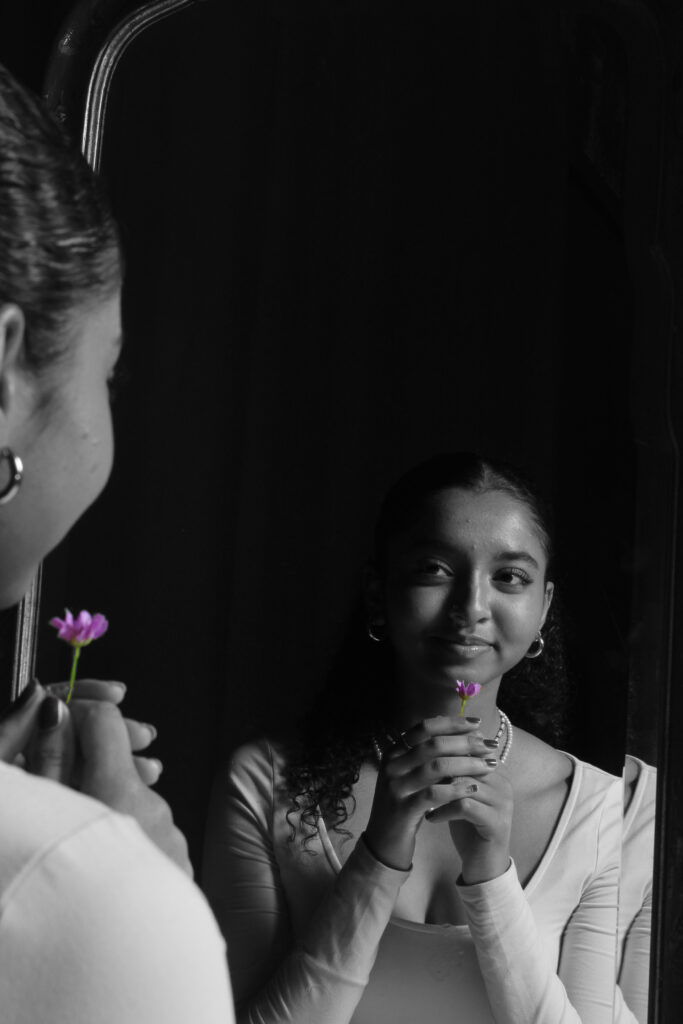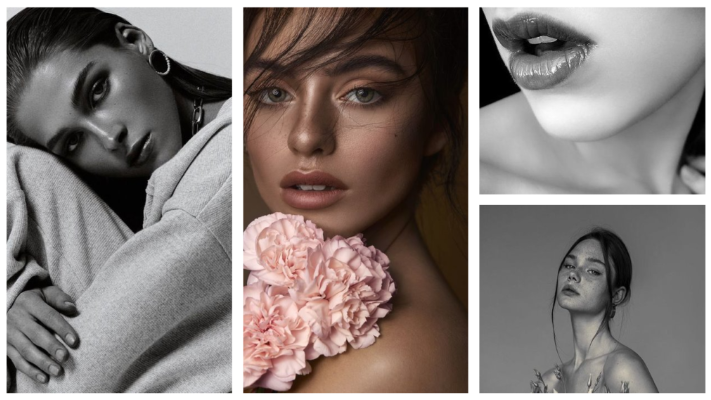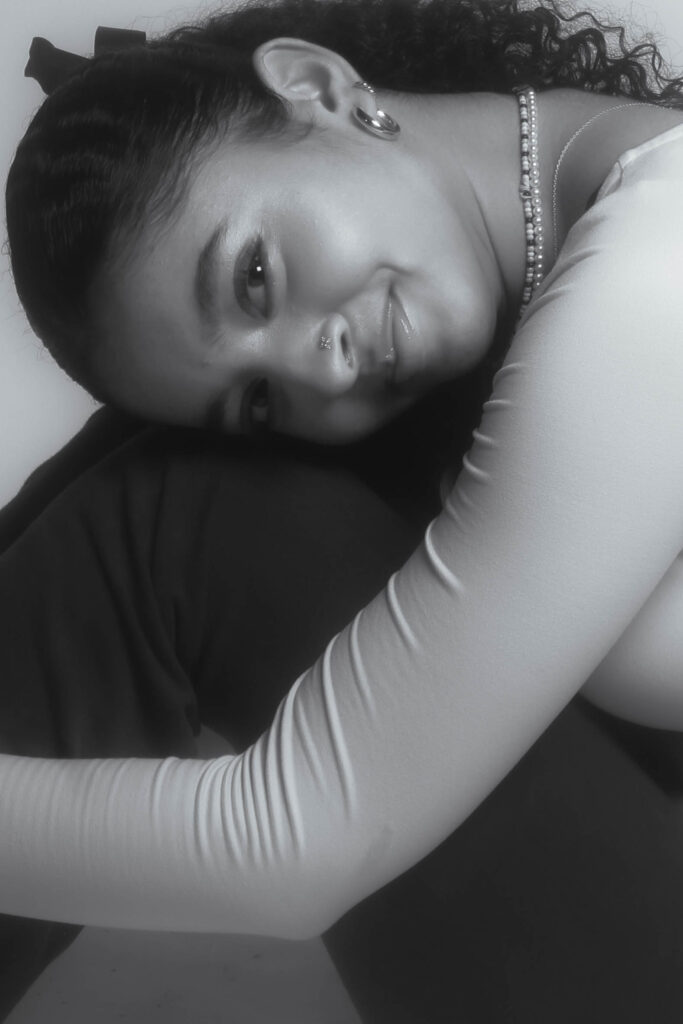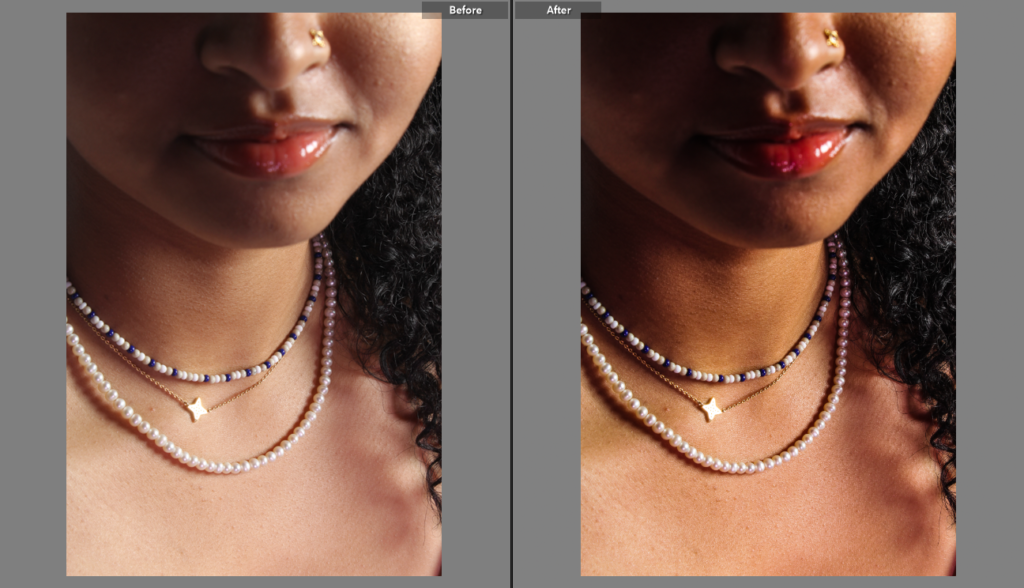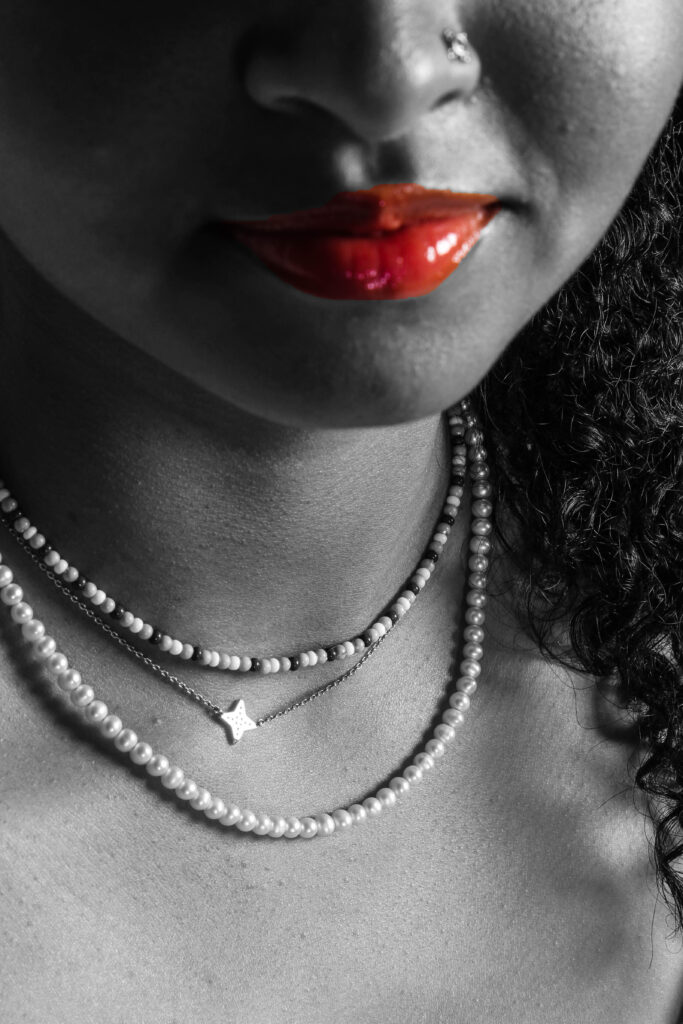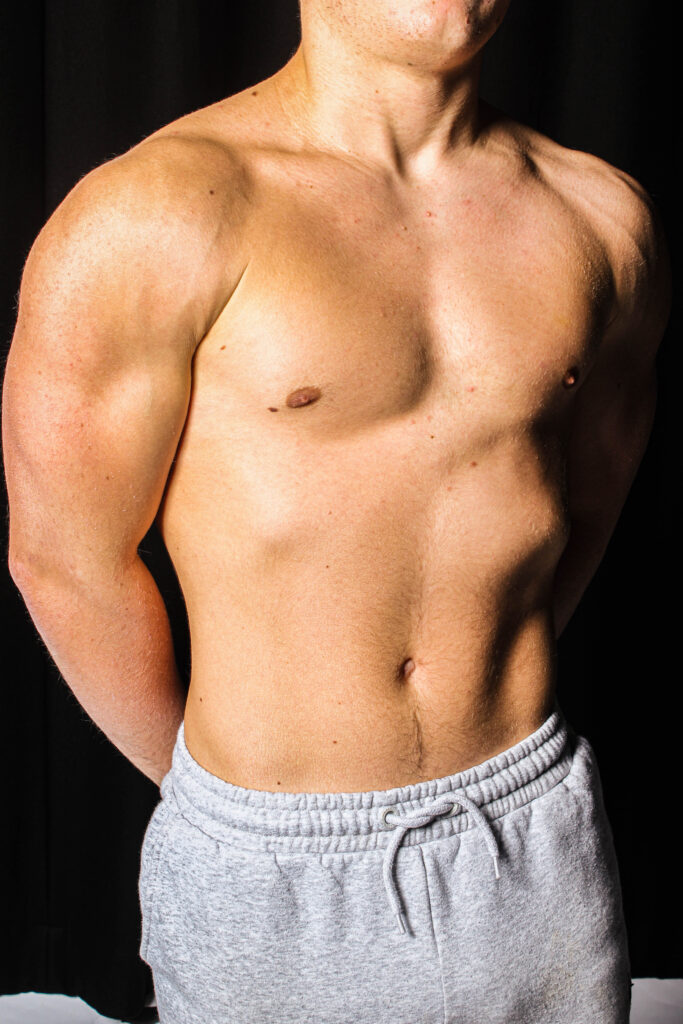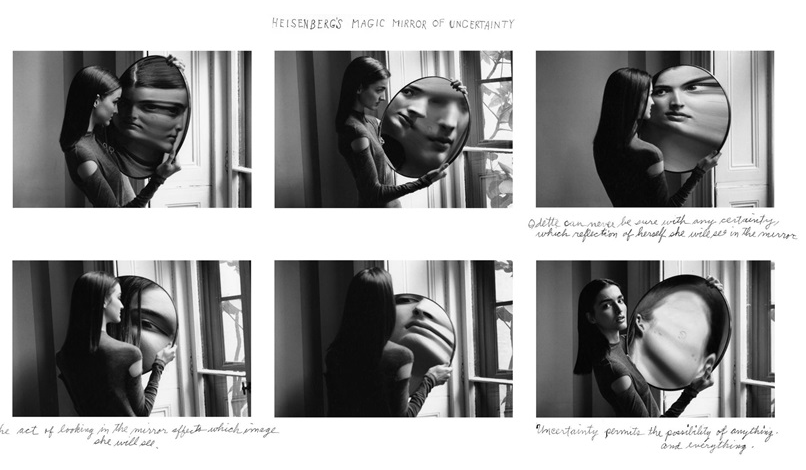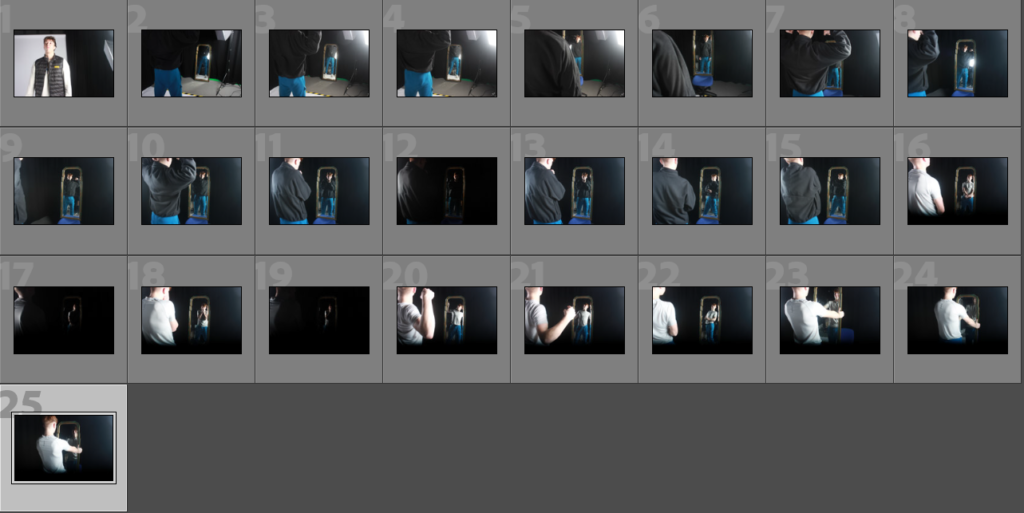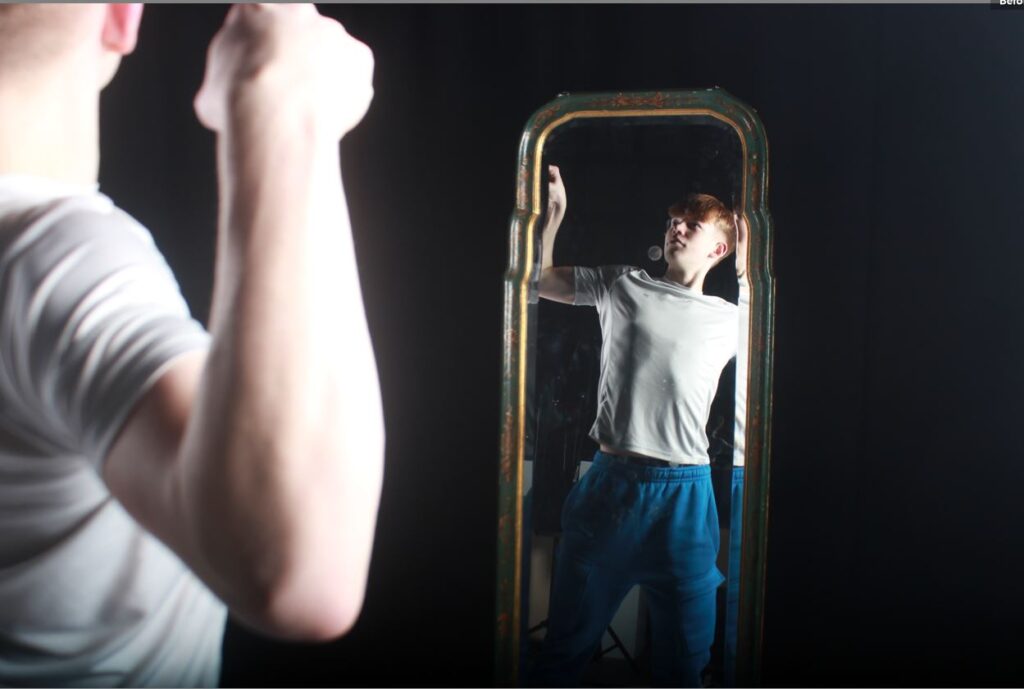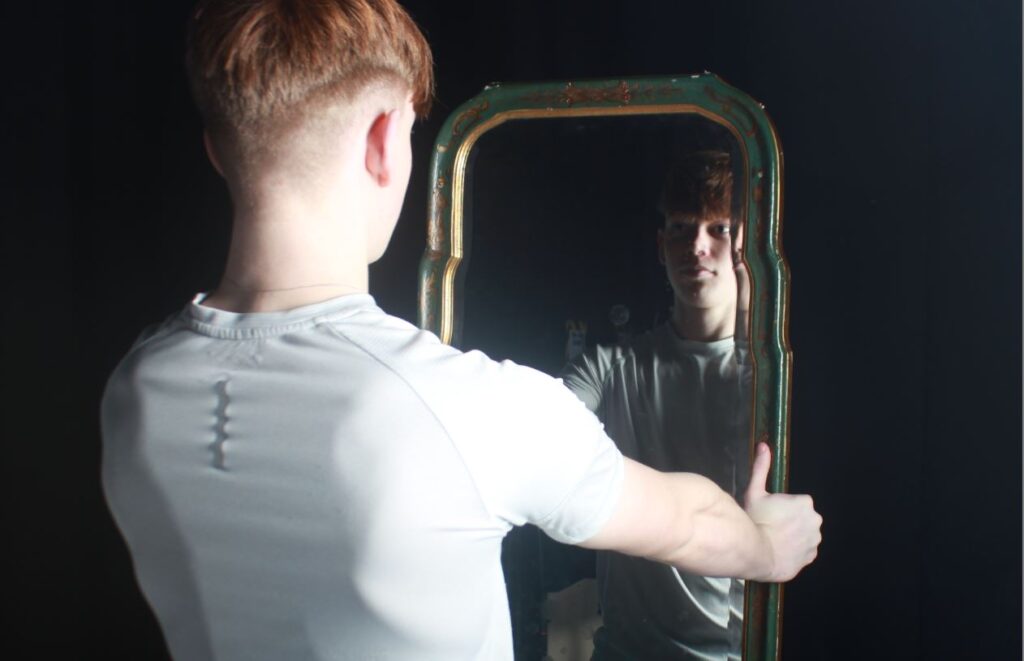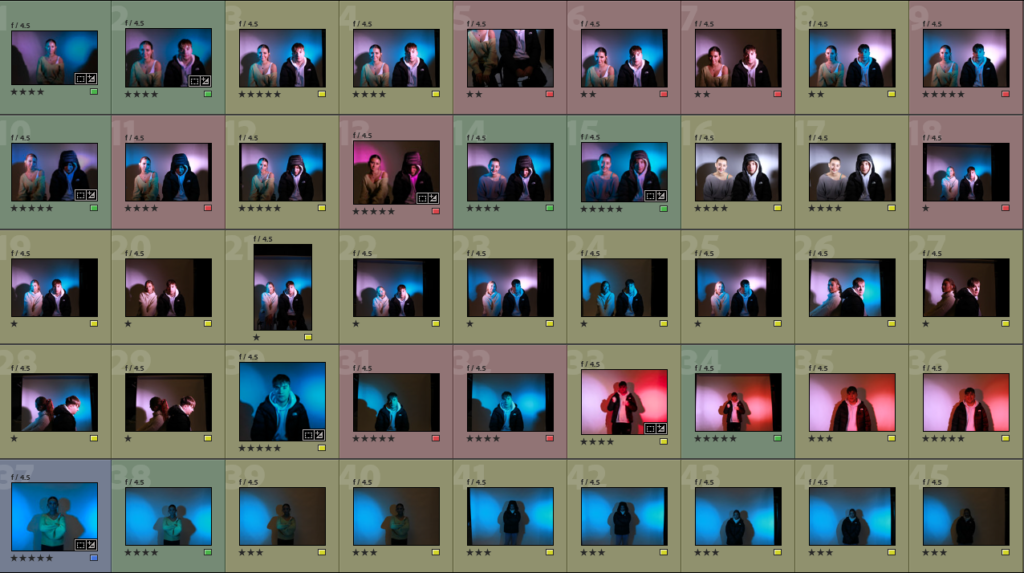

Here is all the photos I took during my photoshoot, whilst focusing on the theme of FEMININITY AND MASCULINITY through gender stereotypes. these stereotypes may consist of colours being assigned to each gender. This is usually seen as the basic analysis of blue being associated with boys and pink being associated with girls. However, some other colours such as black, navy and grey are also associated with boys and pastel colours or bright colours being associated with girls.
My camera settings were:

My Favourite Image.

This is my favourite image throughout the whole photoshoot. I really like the plain and blank expression on her face I think this is perfect in order to portray a confused or torn mindset. This photo may either contribute to the idea of either being confused when It comes to gender or being in a sense of conflict when it comes to expression, style and stereotypes in gender. I wanted my model to sit completely in the middle of the picture, which I think really adds to the picture, It helps her to be the focal point of the picture with the hazy colours of pinks and blues around her. I also decided to crop this photo to eliminate the shadows of people and lighting fixtures around her as I think this decreased the overall quality of the image.
Here is the original photo.
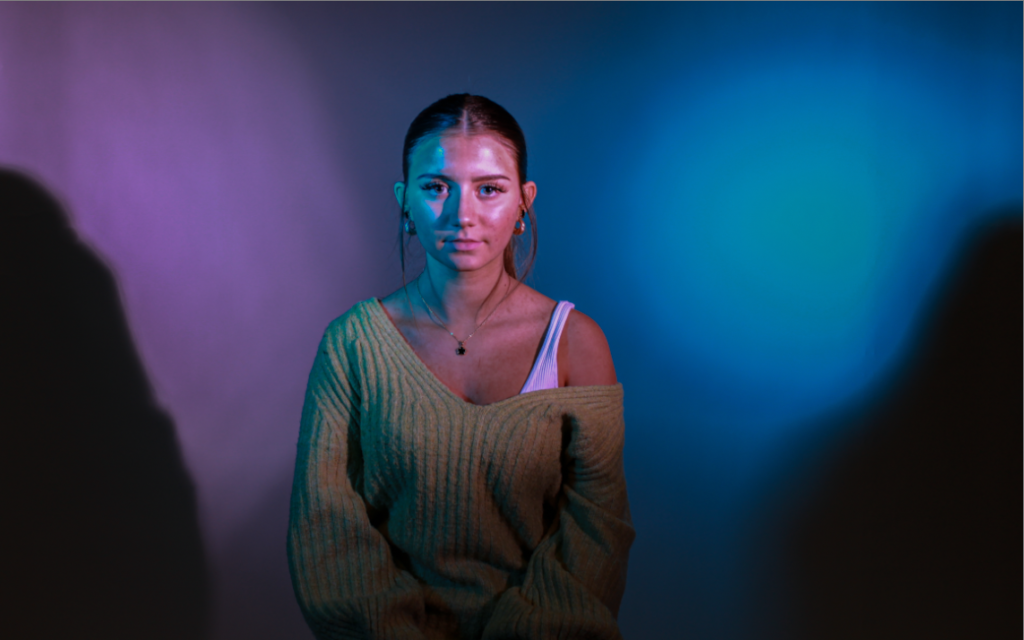
My Other Favourites.

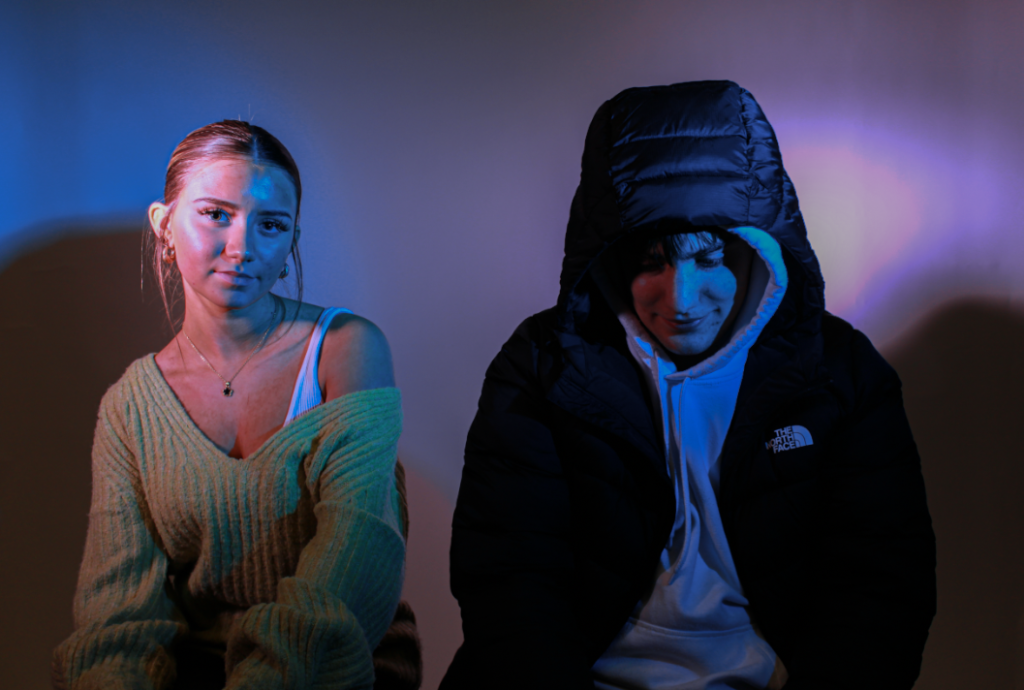
For these two photos I decided to have my female model sit on the left and my male model to sit on the right. I then firstly abided by the colour stereotypes of girls being associated with pink and boys being associated with blue. After that contrasted these gender and colour stereotypes of males and females by swapping the coloured sheets in my lights to have the bright blue light shining on the girl and the bright pink light to be shining on the boy, this is to highlight the idea of ignoring colour stereotypes and, in fact, showing the importance of free gender expression within all sexualities and genders.
In this first photo I had my honeycomb light and my other light with a snout head. For this split lighting the light with the snout was on the right side of my models, this contained a coloured disk of the colour pink and my honeycomb light was on the left of my models with a coloured blue sheet over it. These lights were both either side of my camera at a specific a 45 degree angle, but the snout light was slightly closer to my models than the honeycomb light, this is due to the light less powerful and bright than the other, having this light slightly closer than the other helped me to achieve a balanced amount of coloured light on either side.
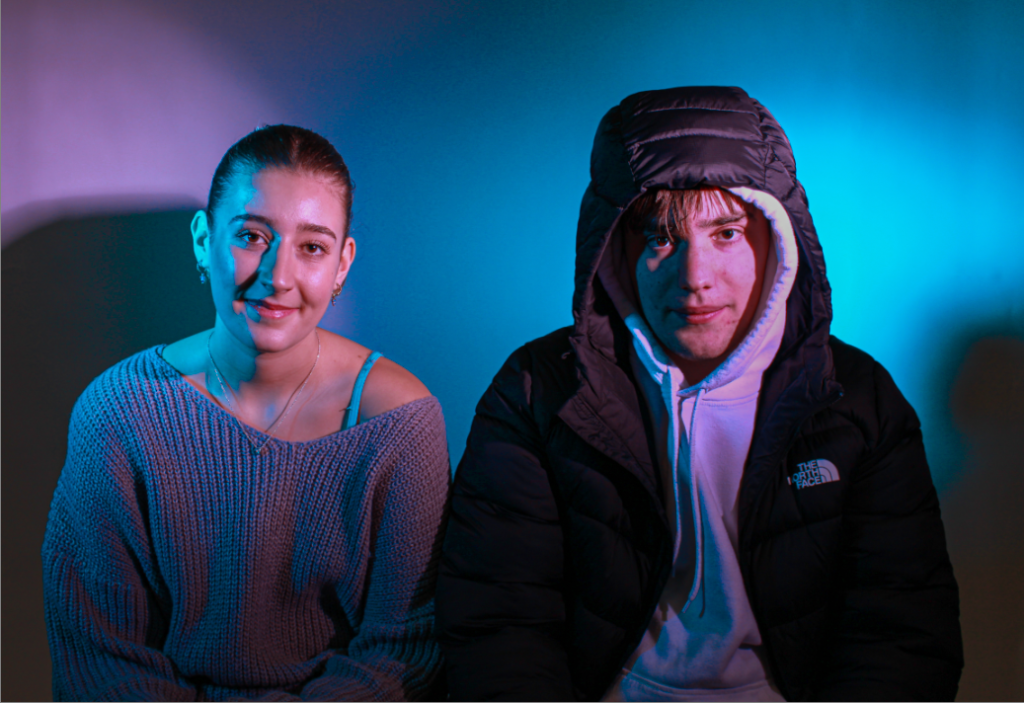
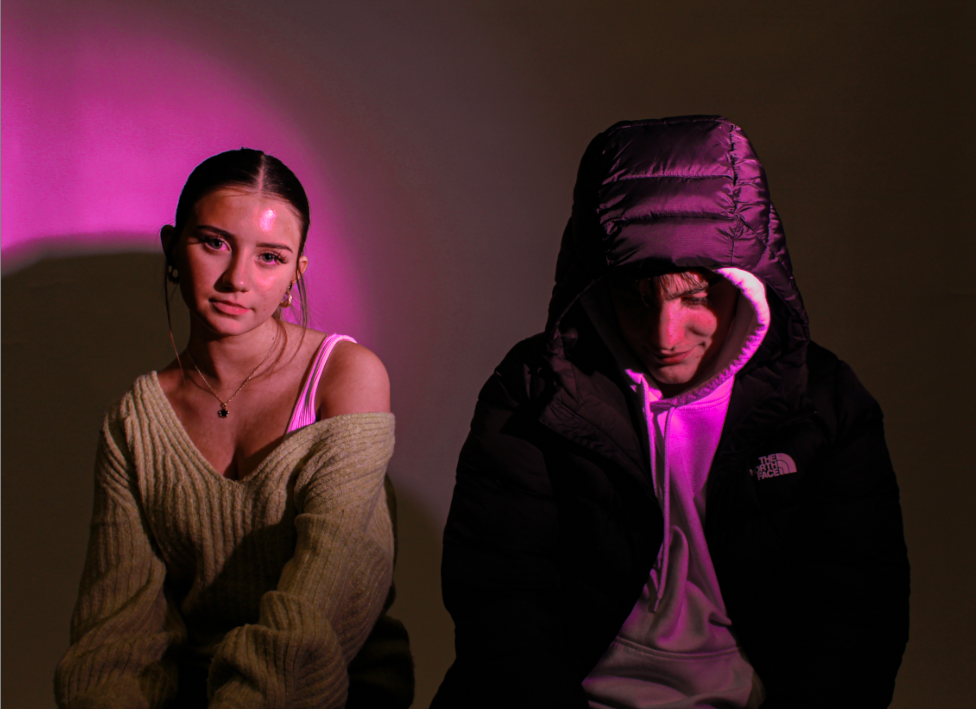

In this part of the photoshoot, I had my male model expressing traditional male stereotypes by holding his fists up to demonstrate anger, toughness and power. However, I chose to shine a pink light on my model whilst he is holding this pose in order to represent femininity shining through a façade of strength and masculinity. Initially I did not like the shadows behind the picture, however after contemplating the true meaning of the photo I like how the shadows help to add to the idea of a façade being put up and having fists up pointing right, left and forwards. If I wanted to in the future, avoid shadows, I would have my model stand closer to the camera and further away from the white background, causing a shadow.
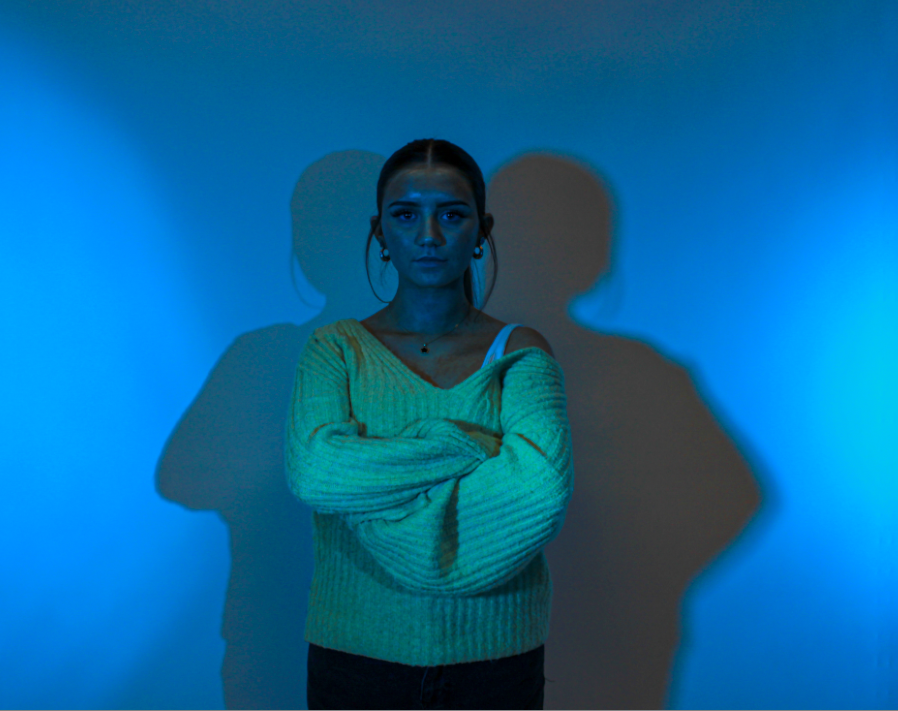
In this part of the photoshoot, I then had my female model expressing traditional male stereotypes by folding her arms and having a fixed blank expression on her face, I also chose to shine a blue light on my model whilst she is holding this pose in order to represent masculinity through a female to show male qualities in a female through a façade of strength and solidity.

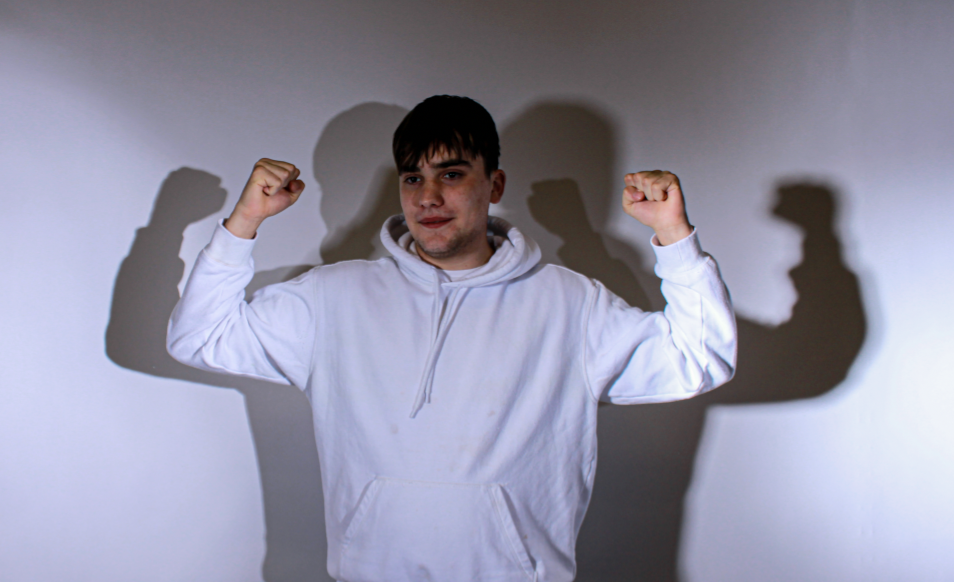

These final photos consist of my models demonstrate the idea of boys embracing femininity and girls embracing masculinity. These photos also demonstrate traditional gender stereotypes like my female model doing a traditional female pose whilst being surrounded by stereotypical female colours like reds, whites and pinks.

